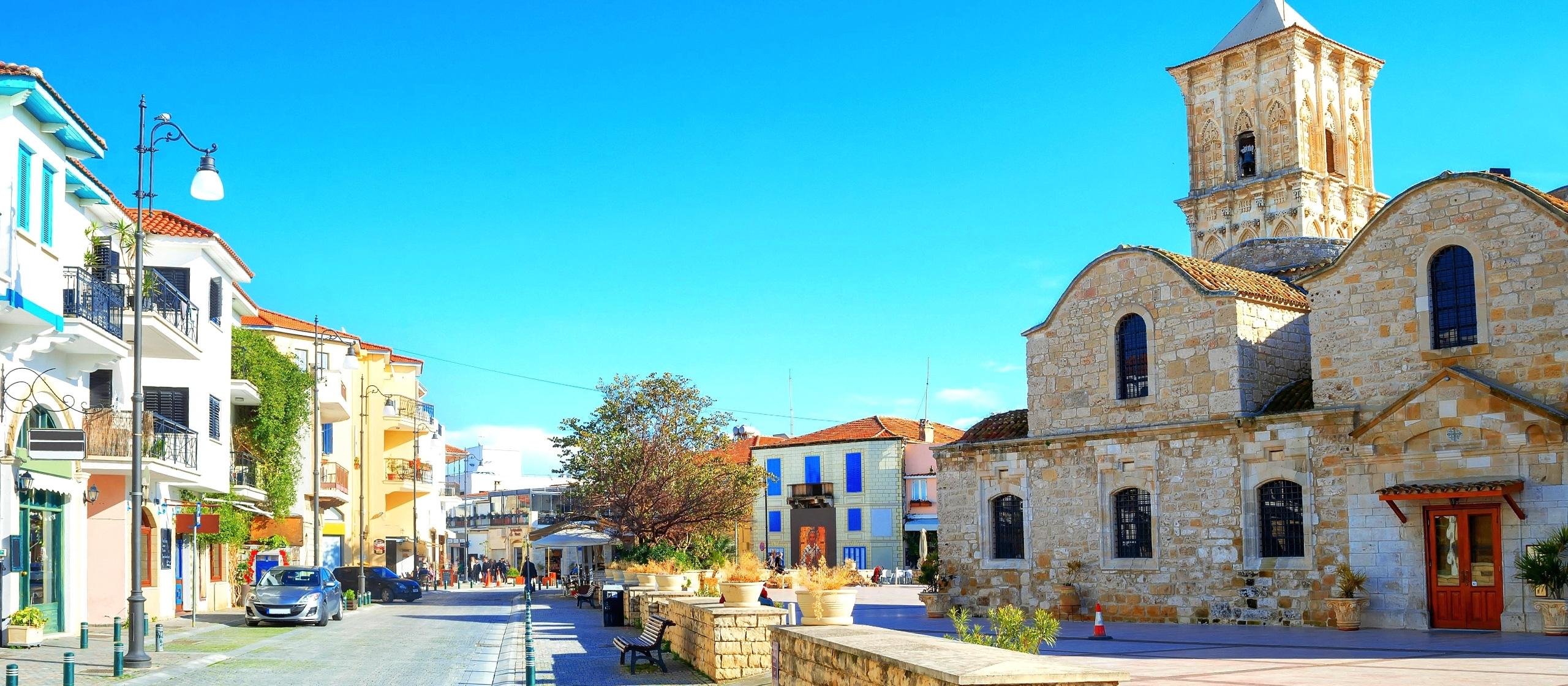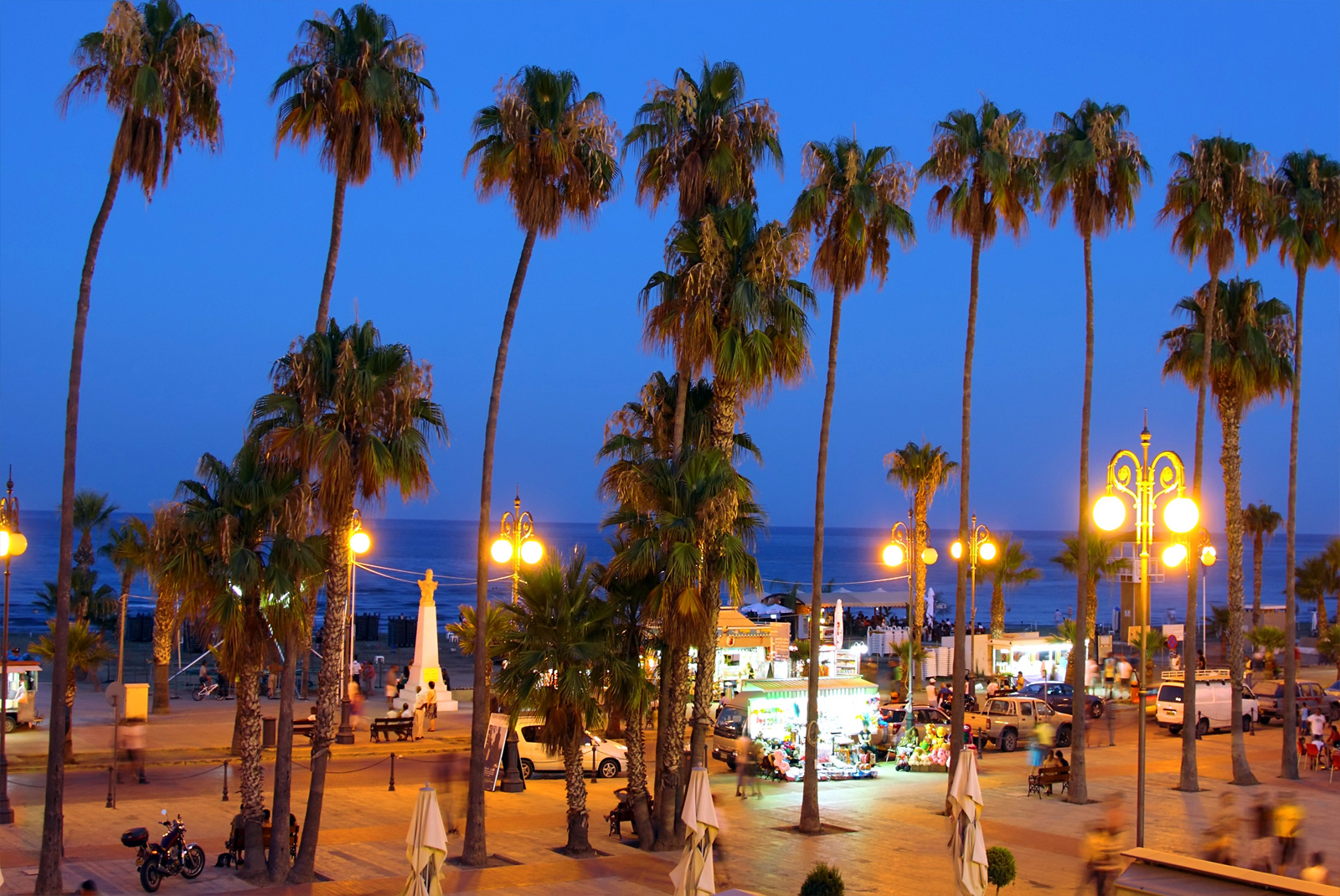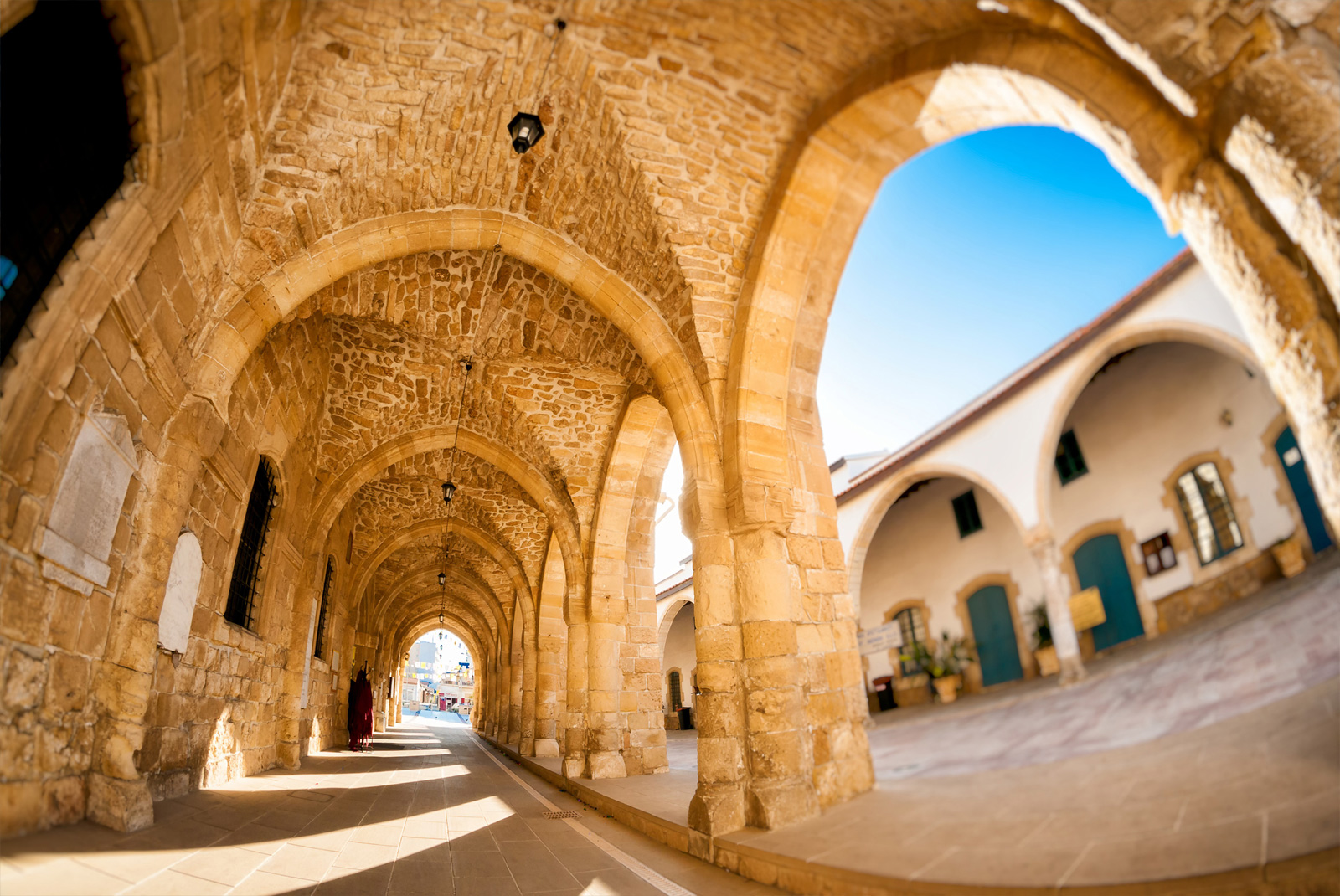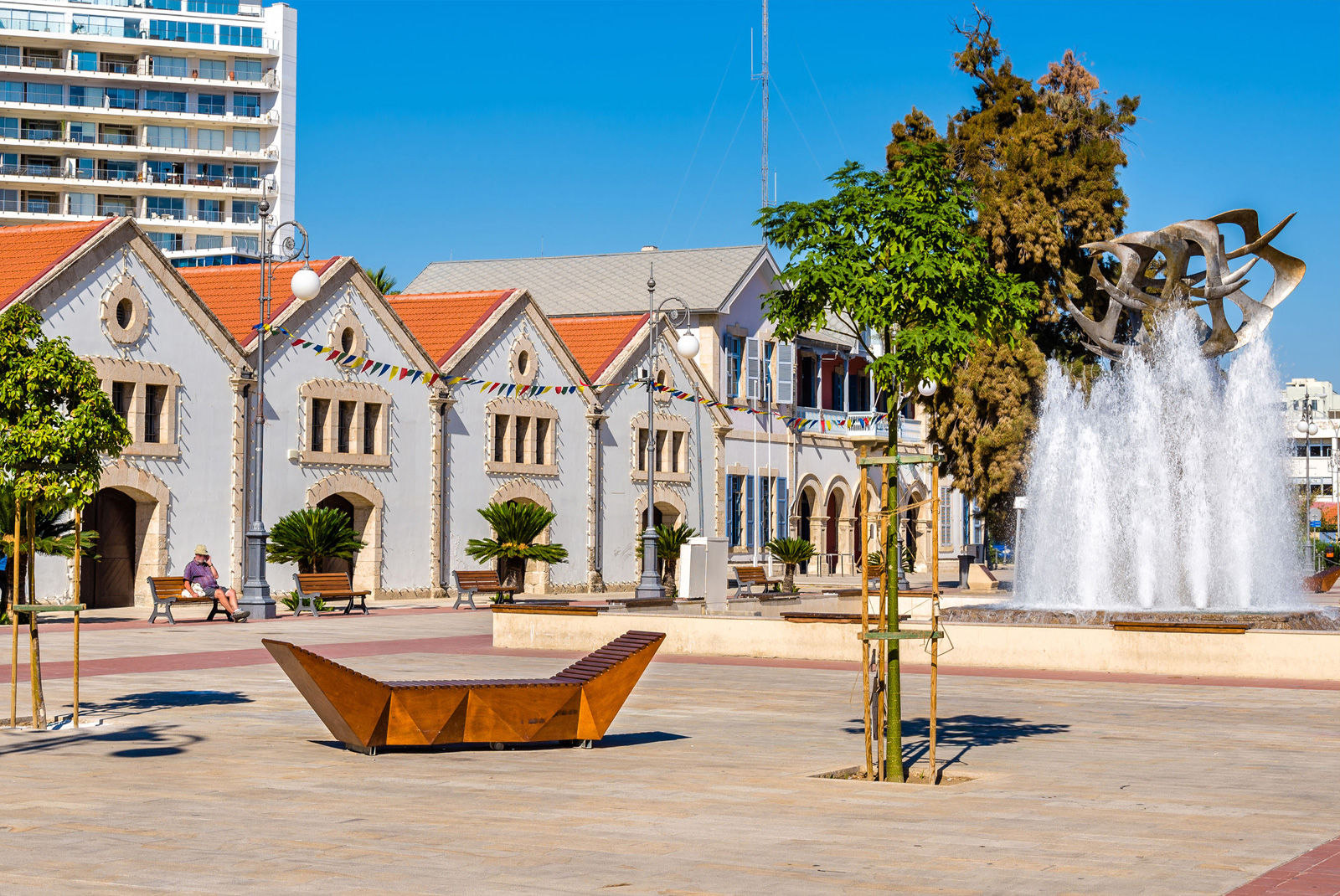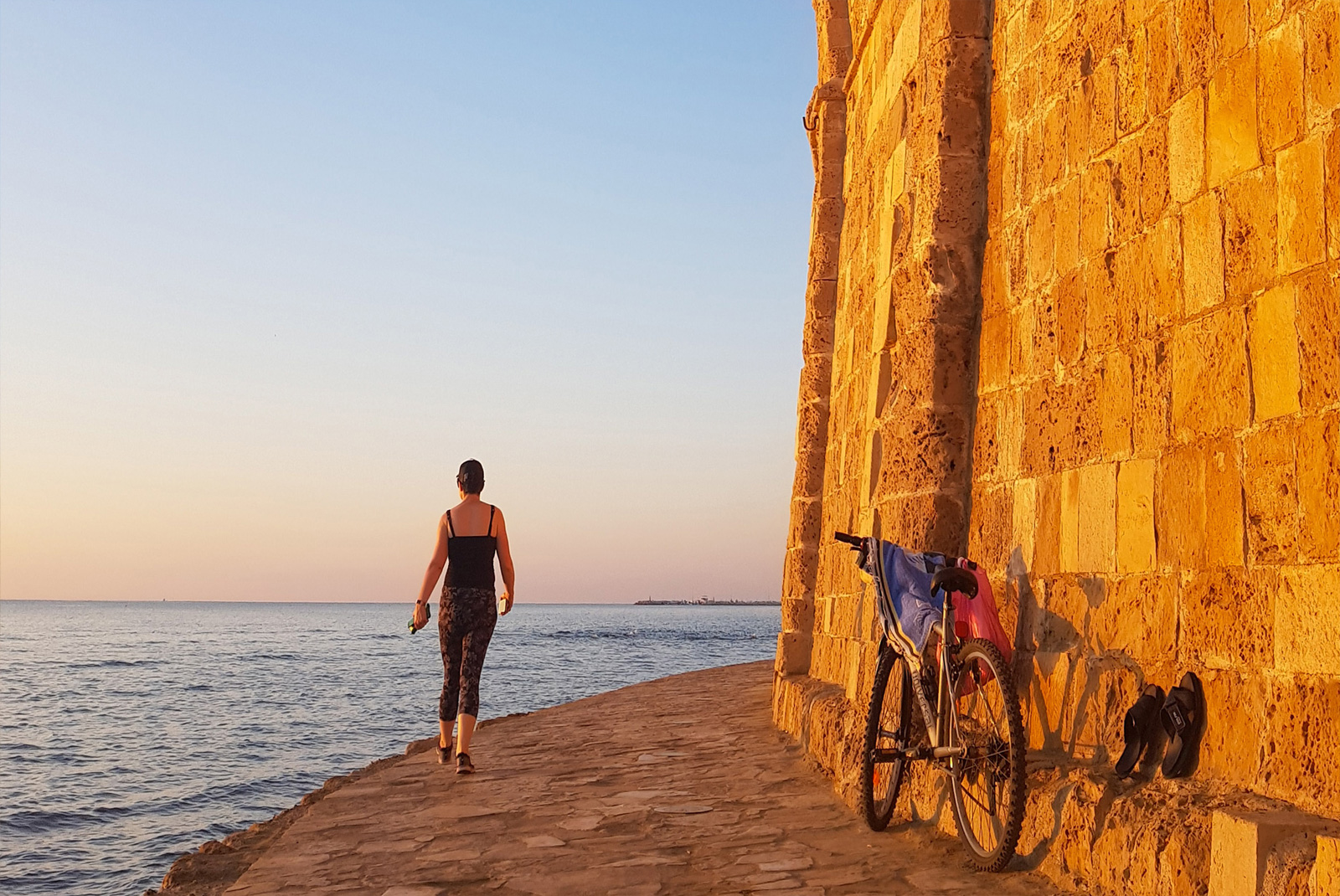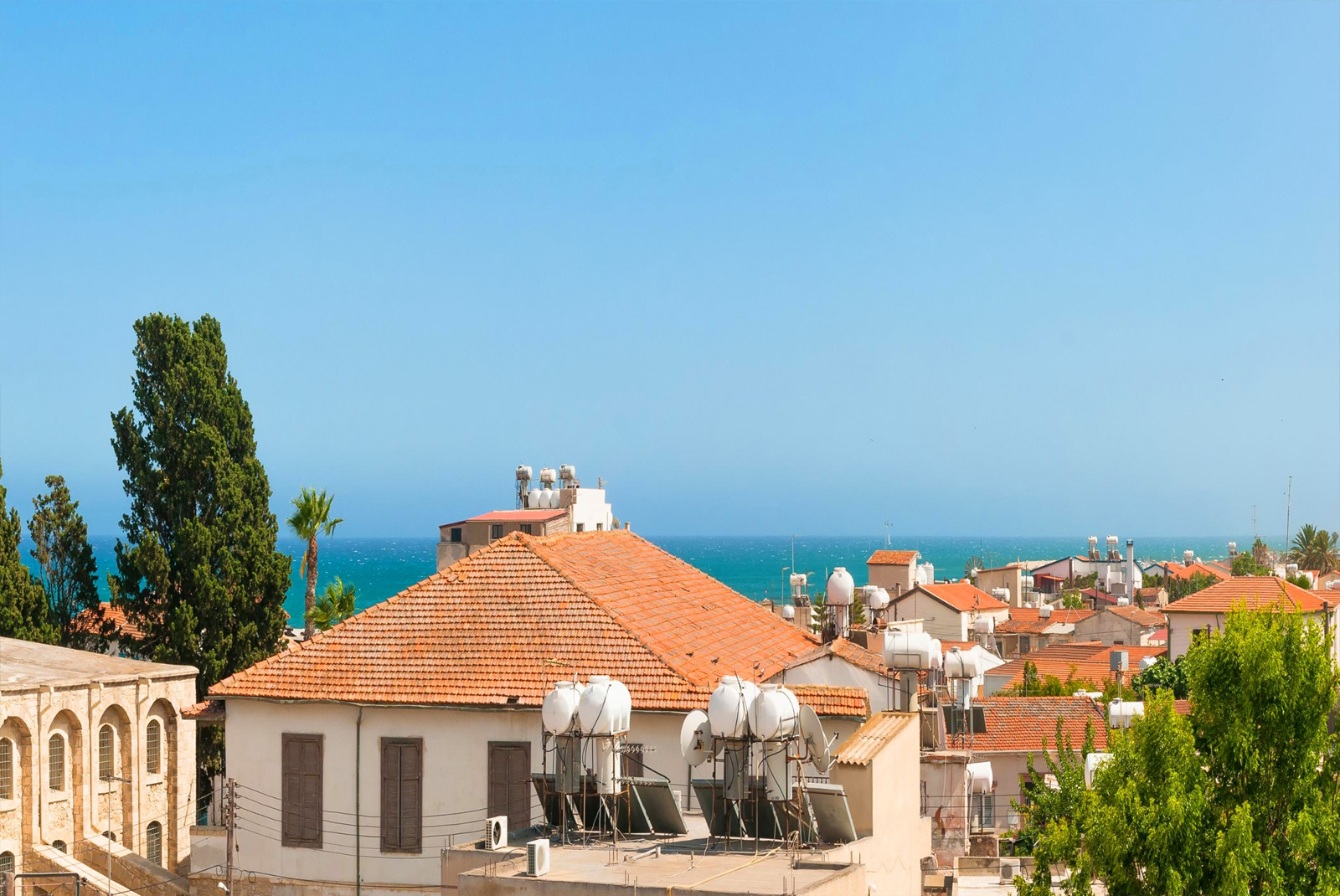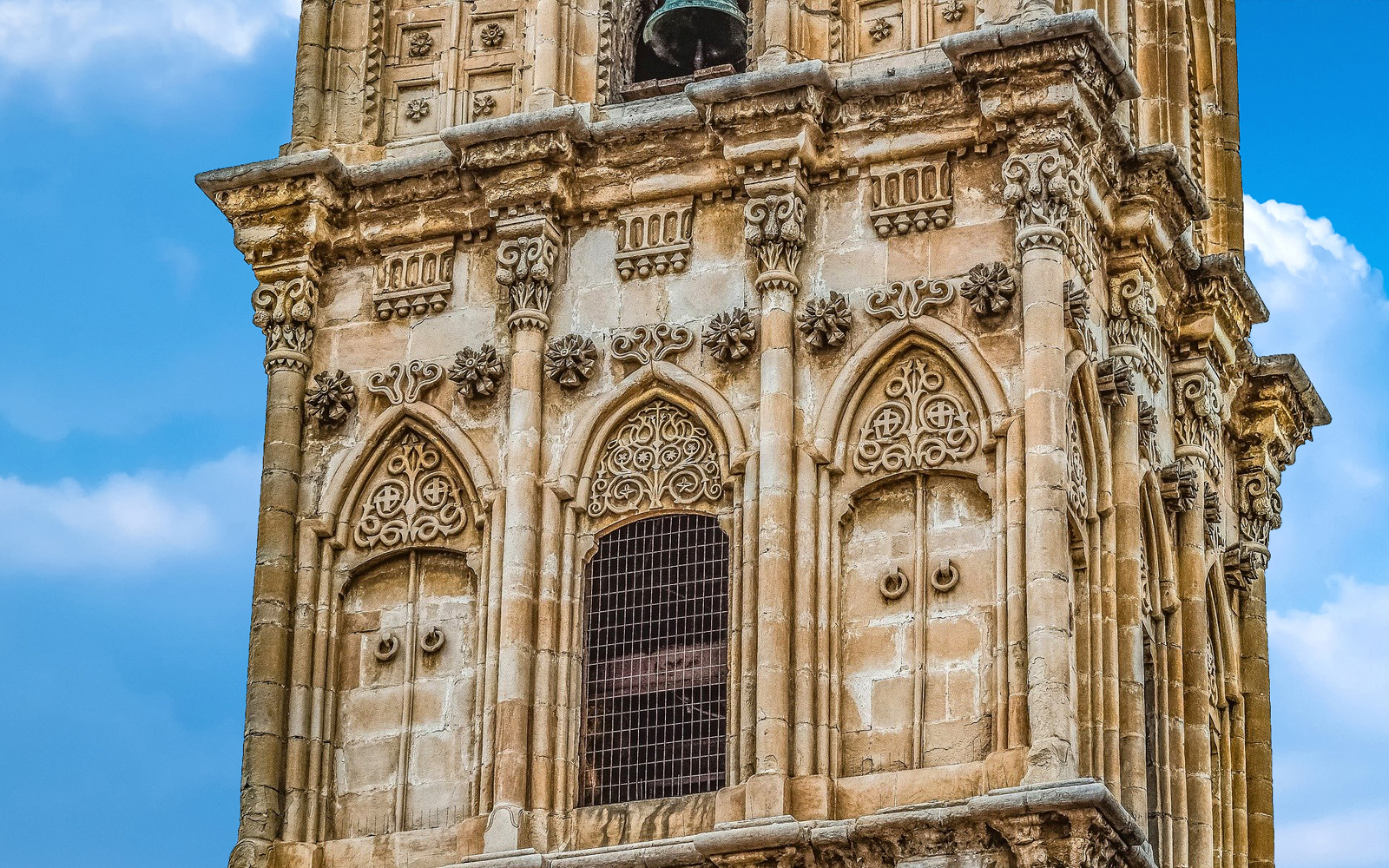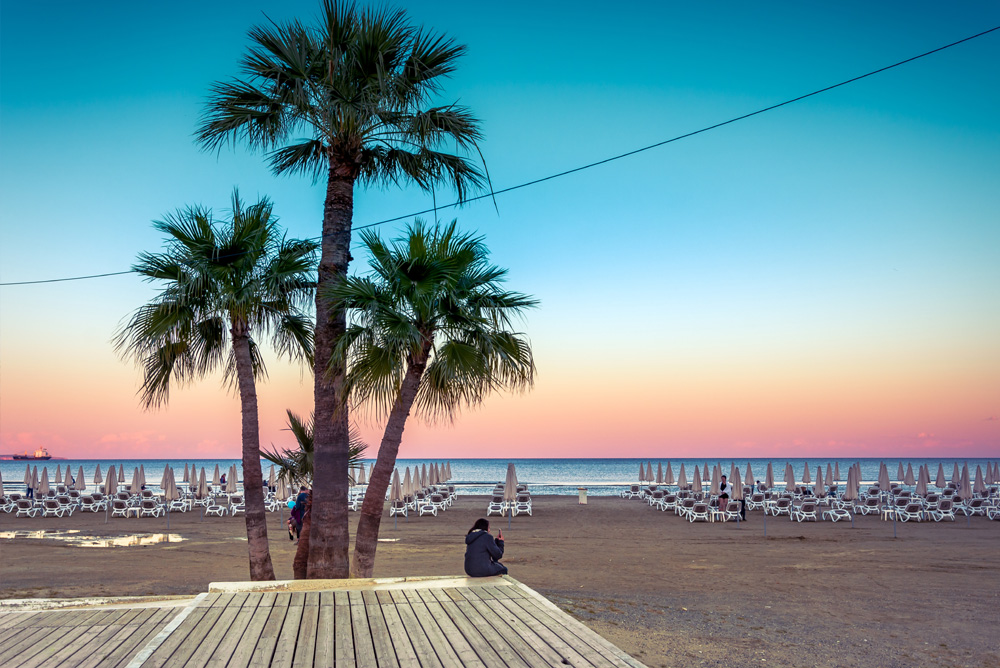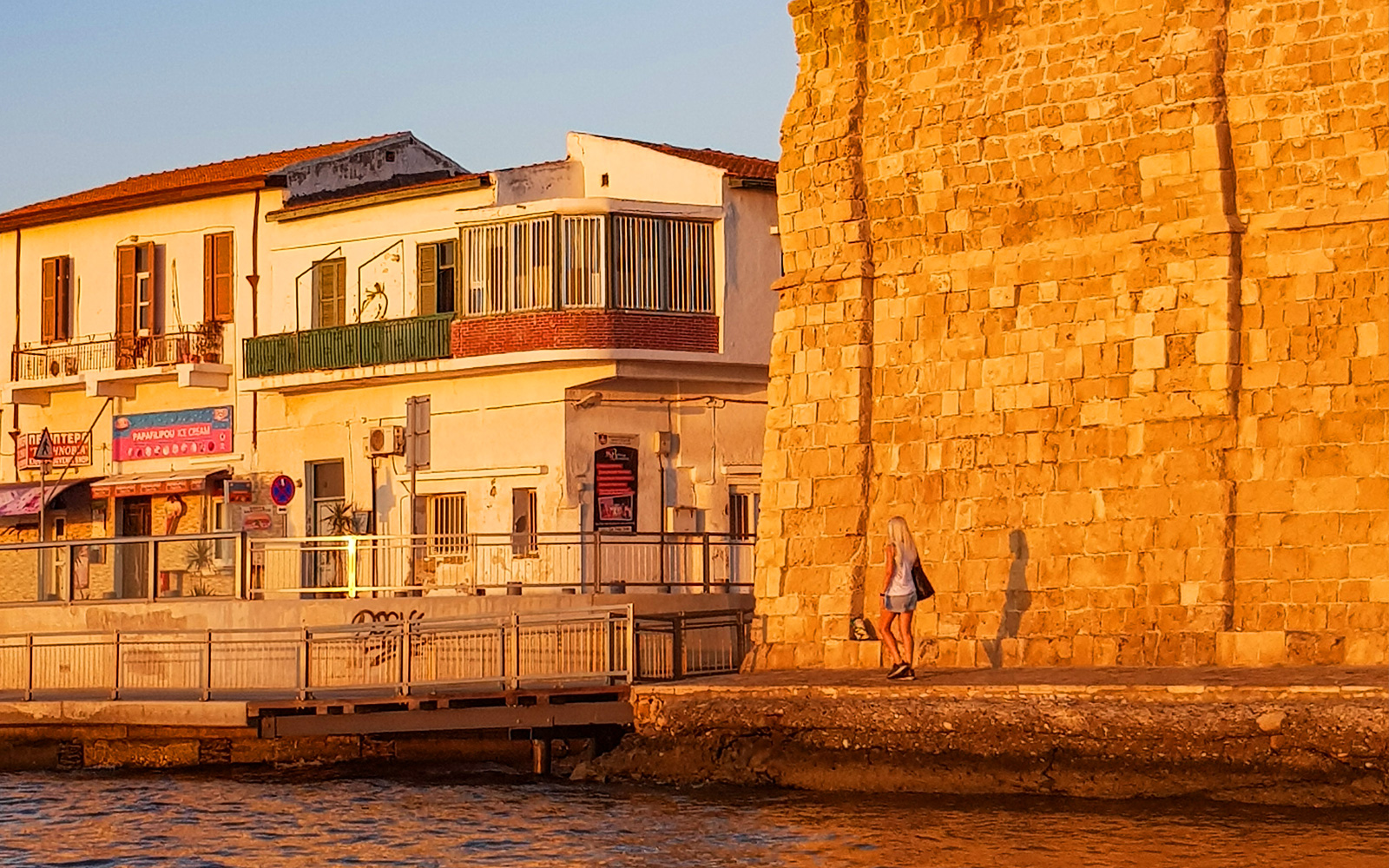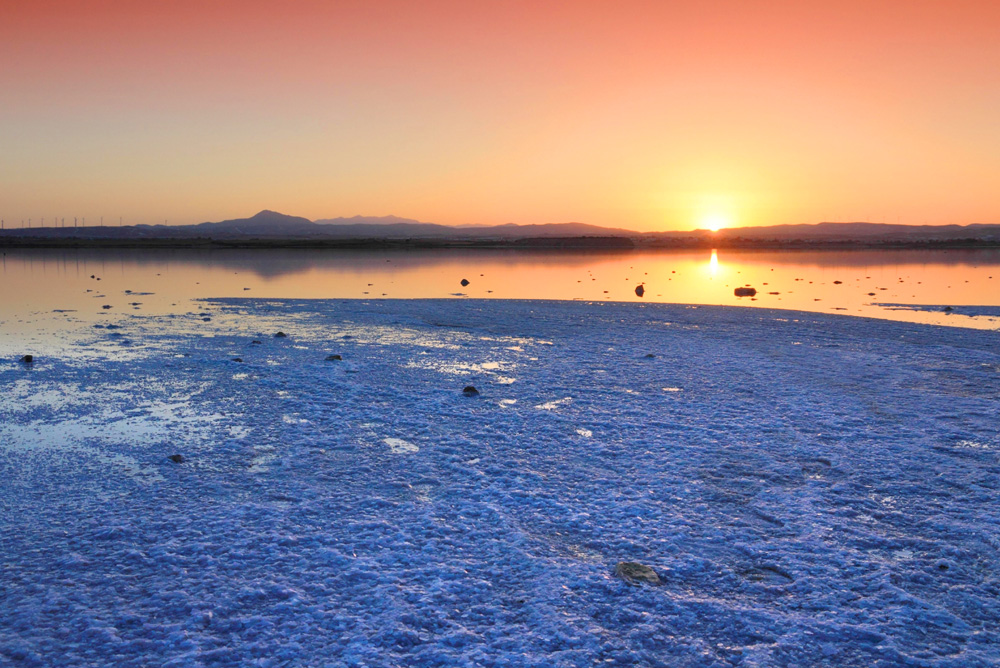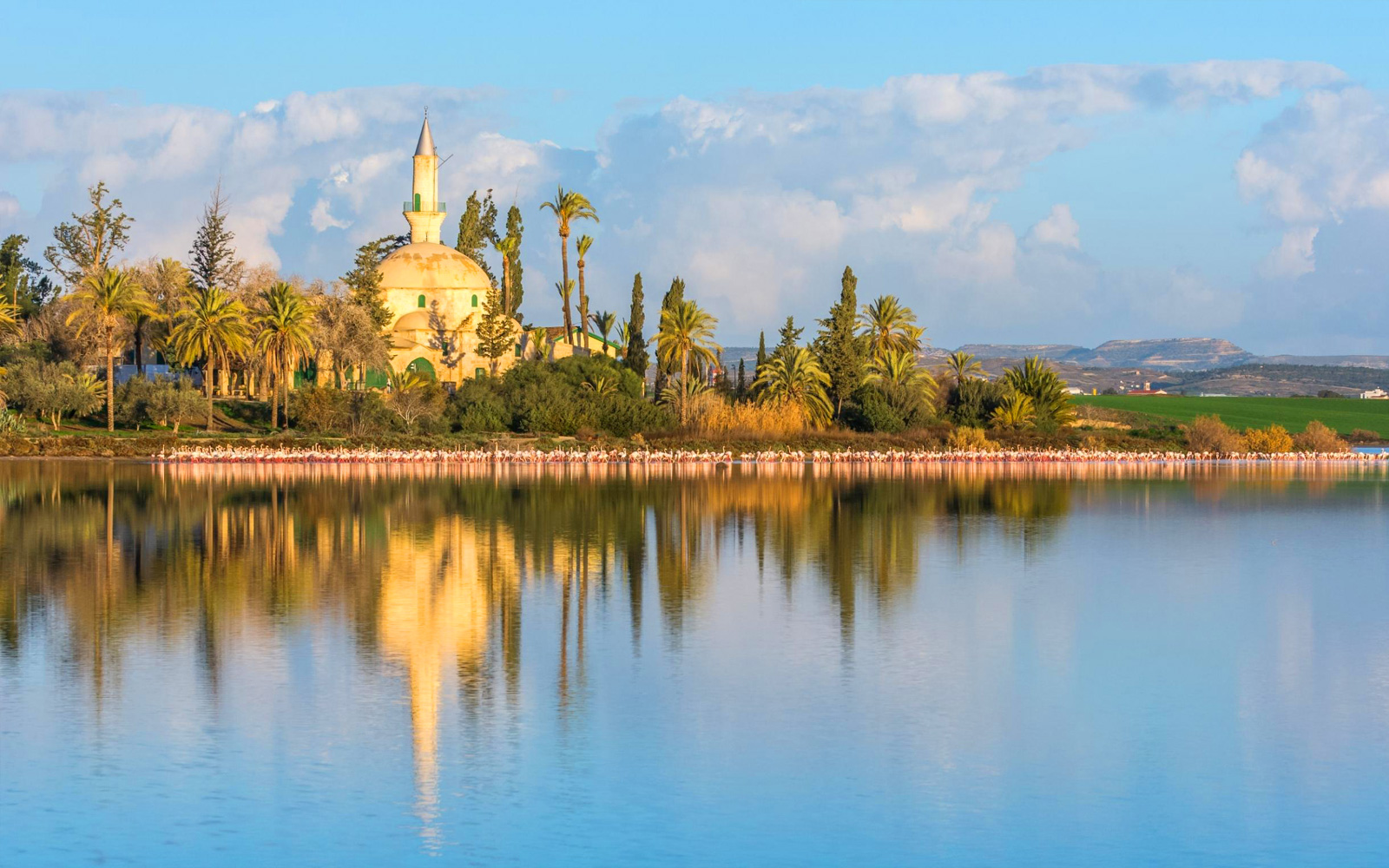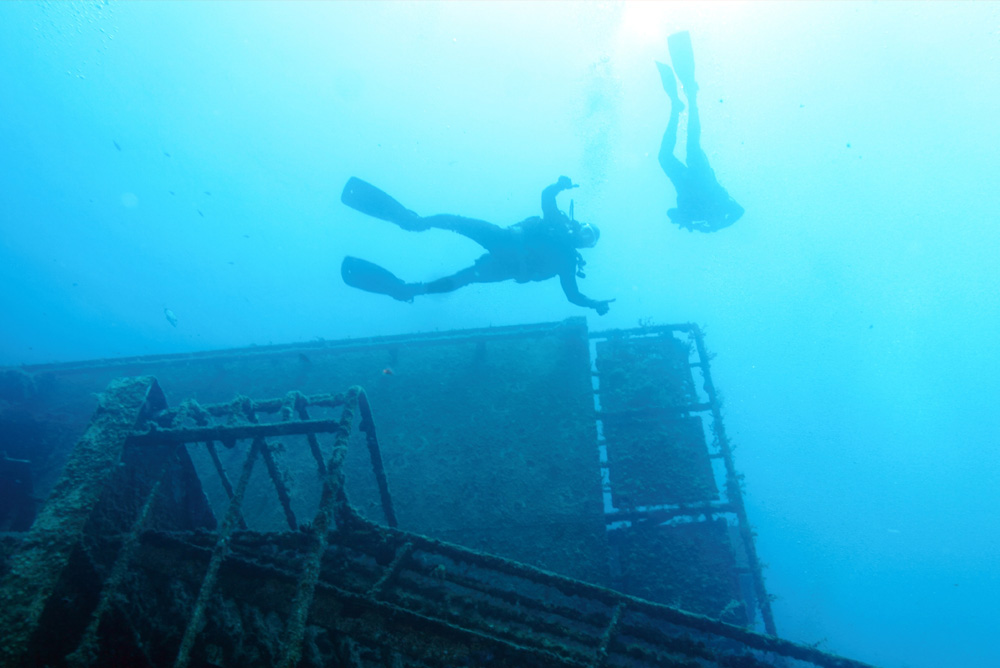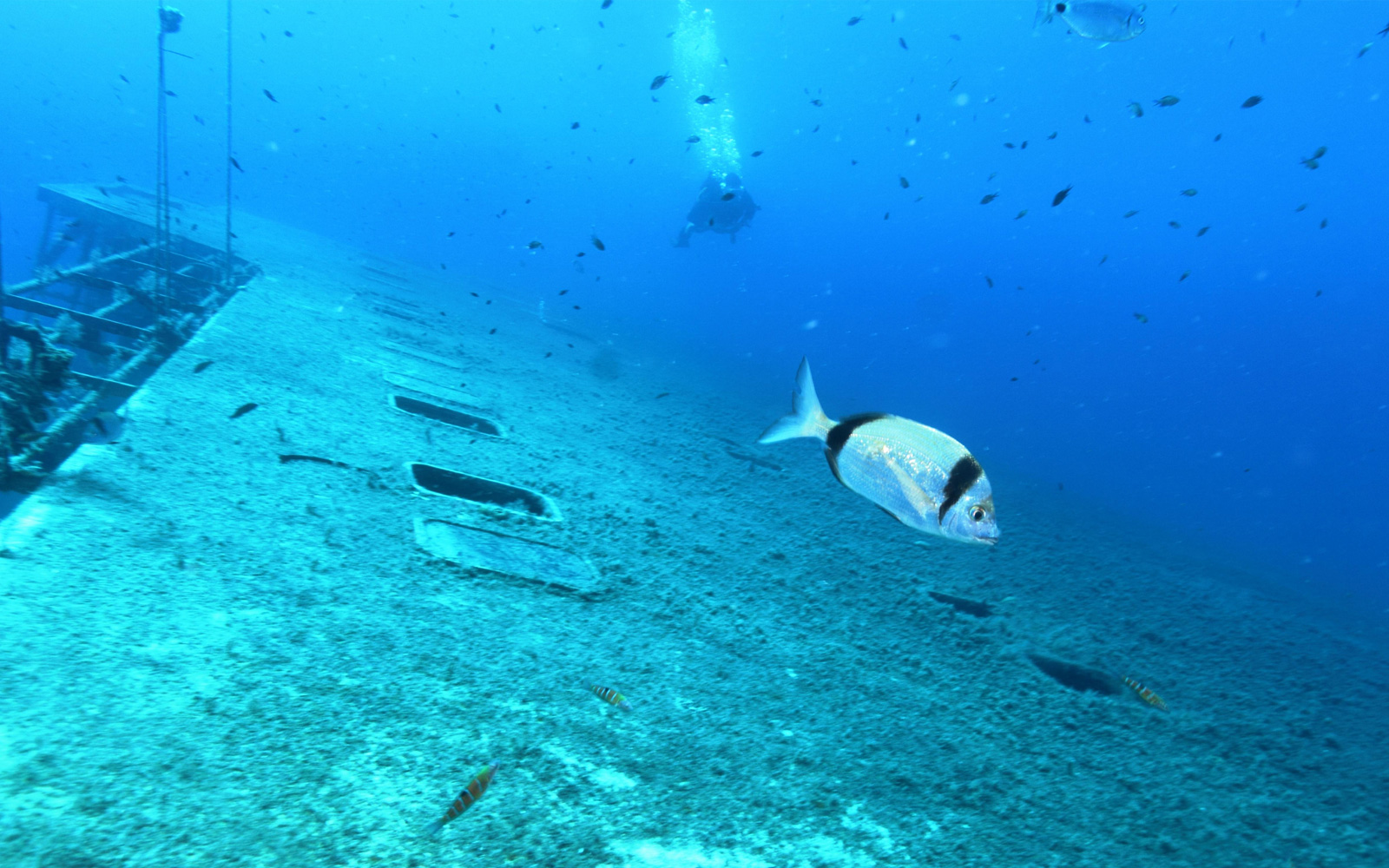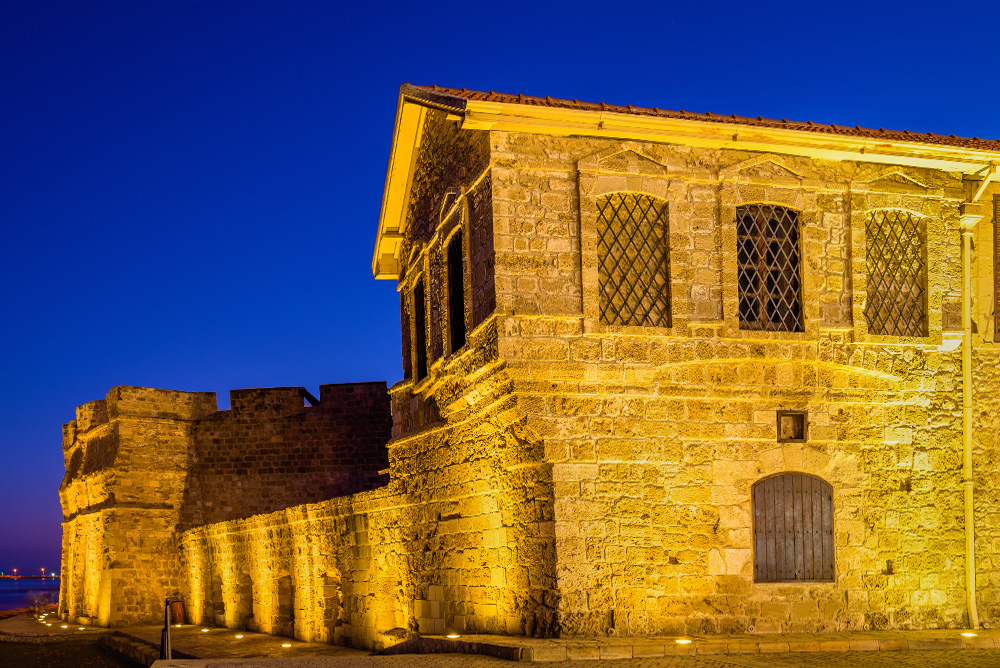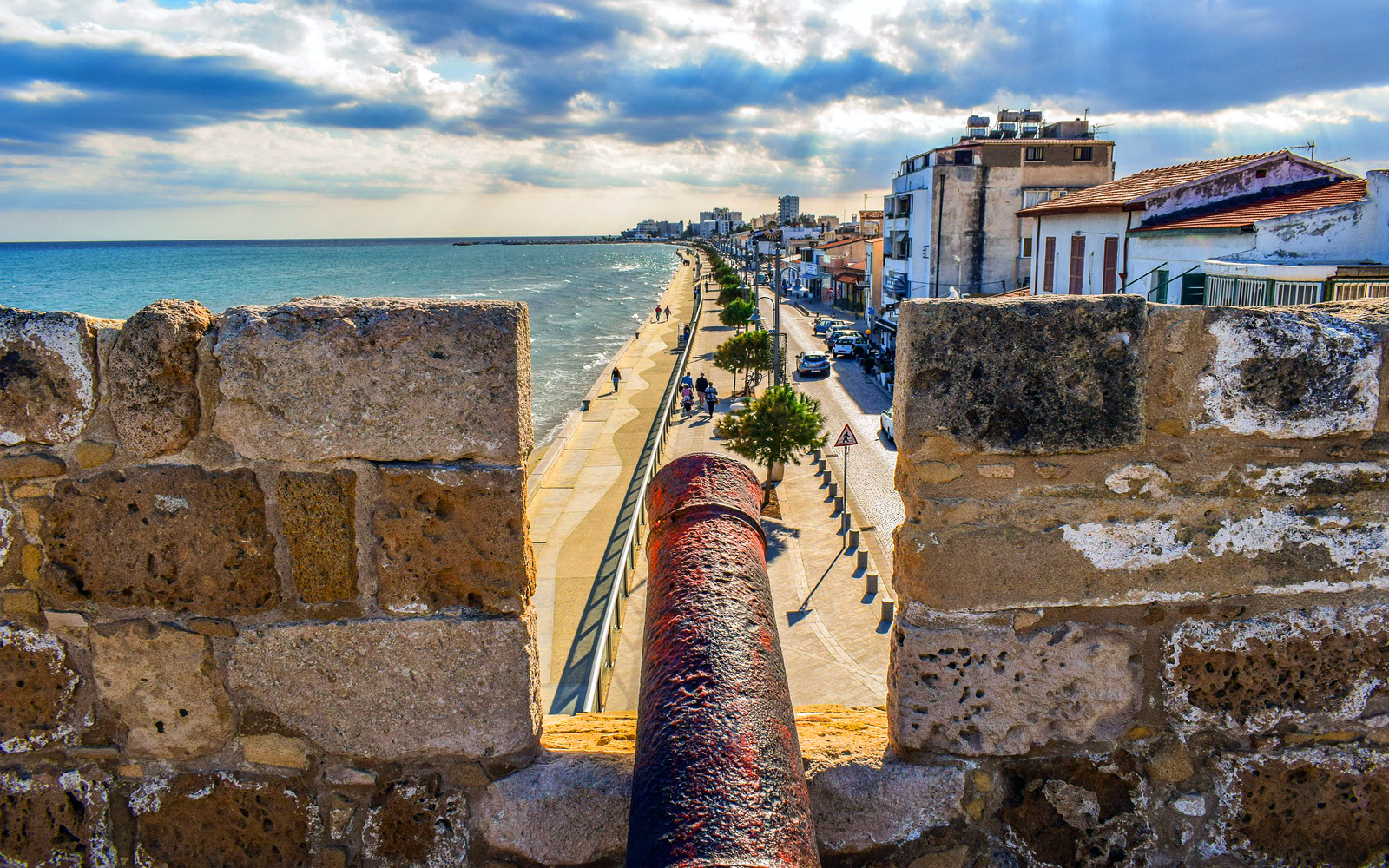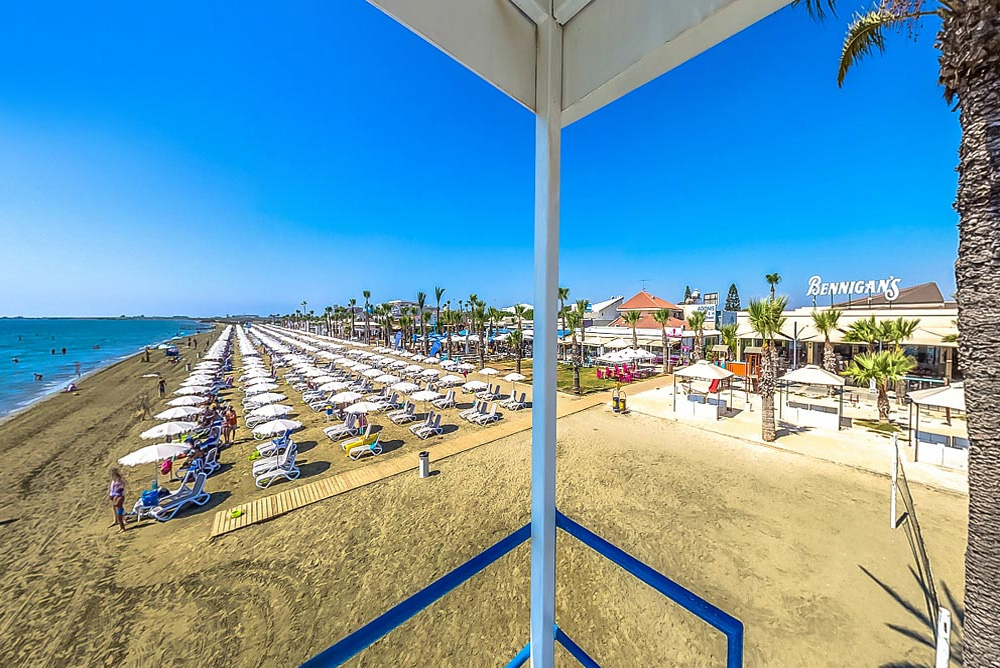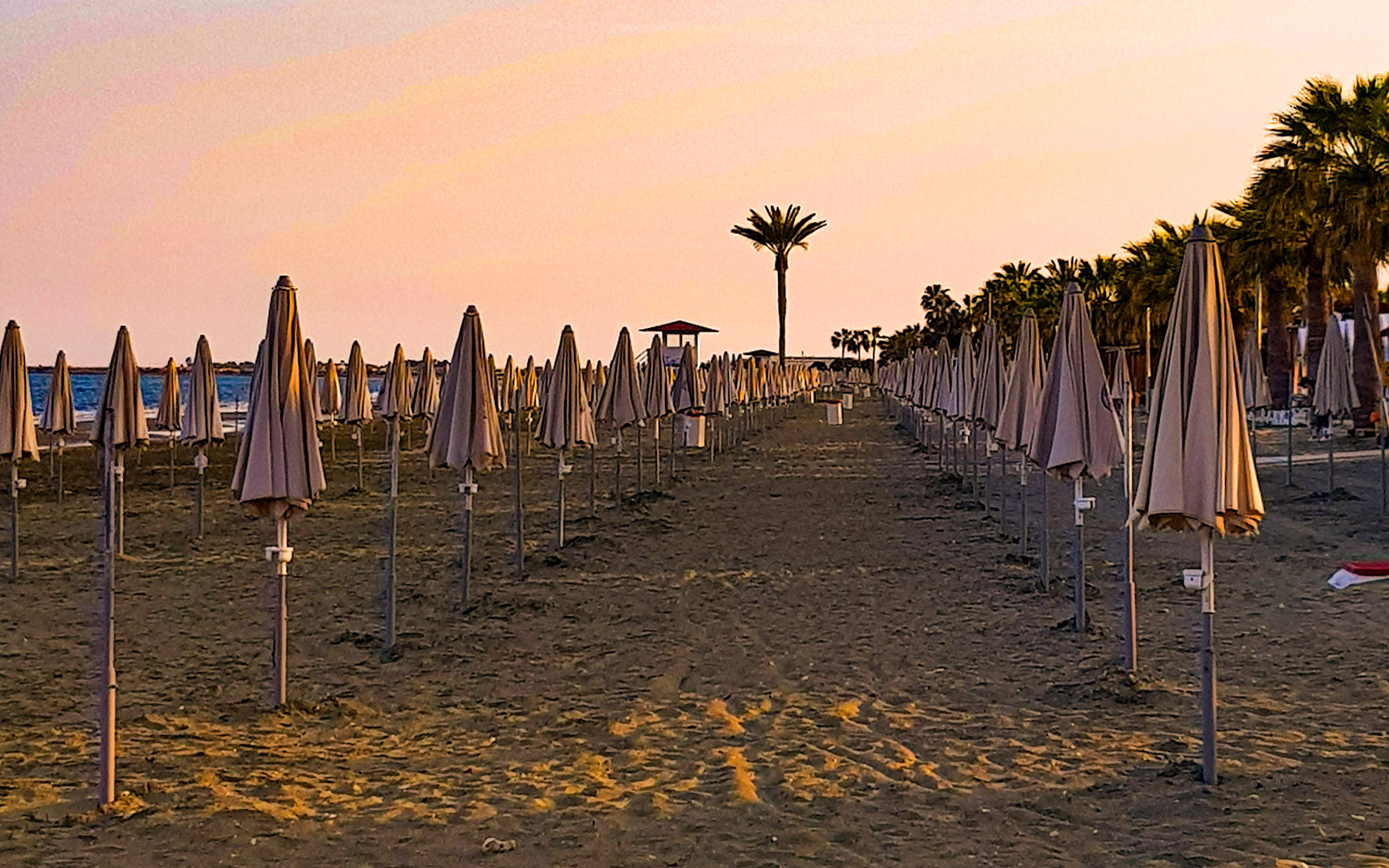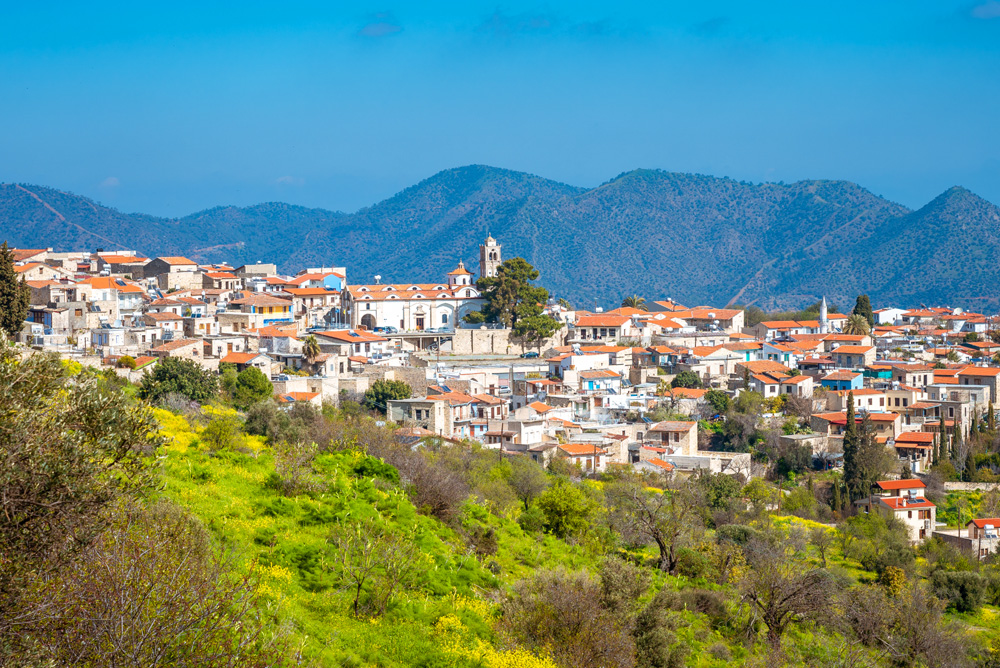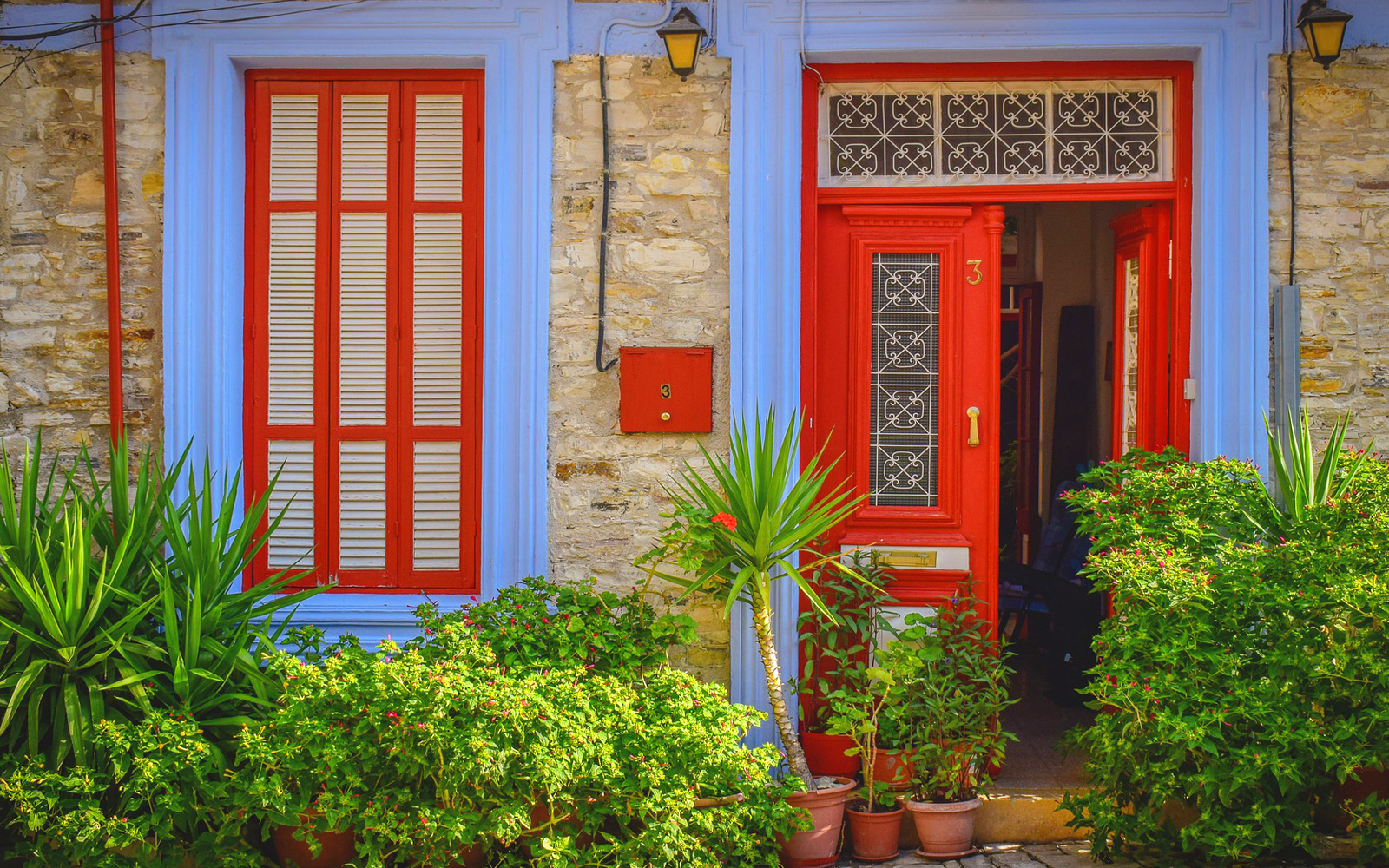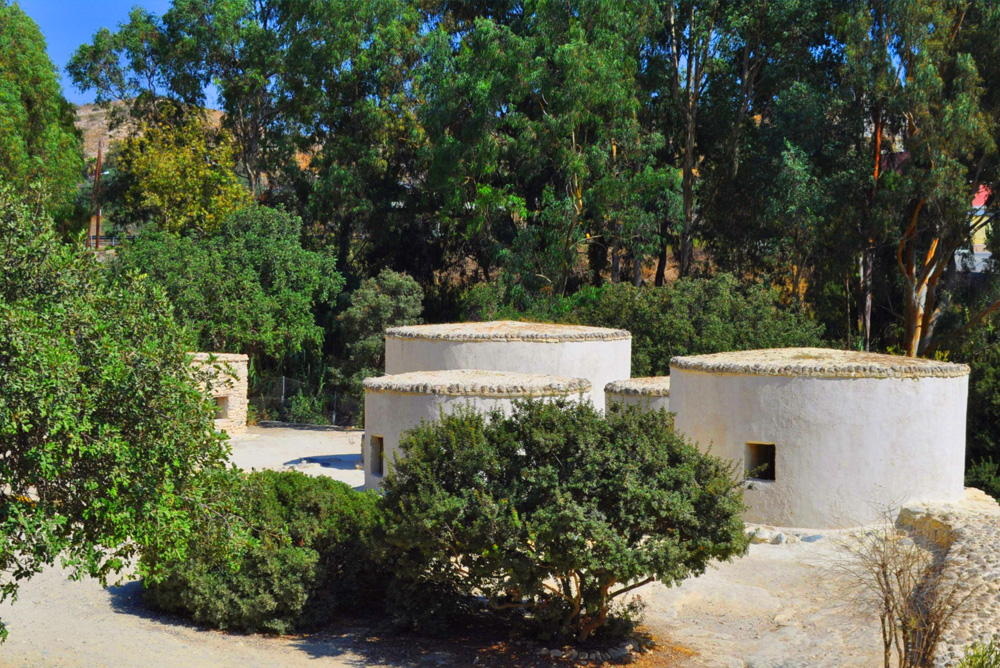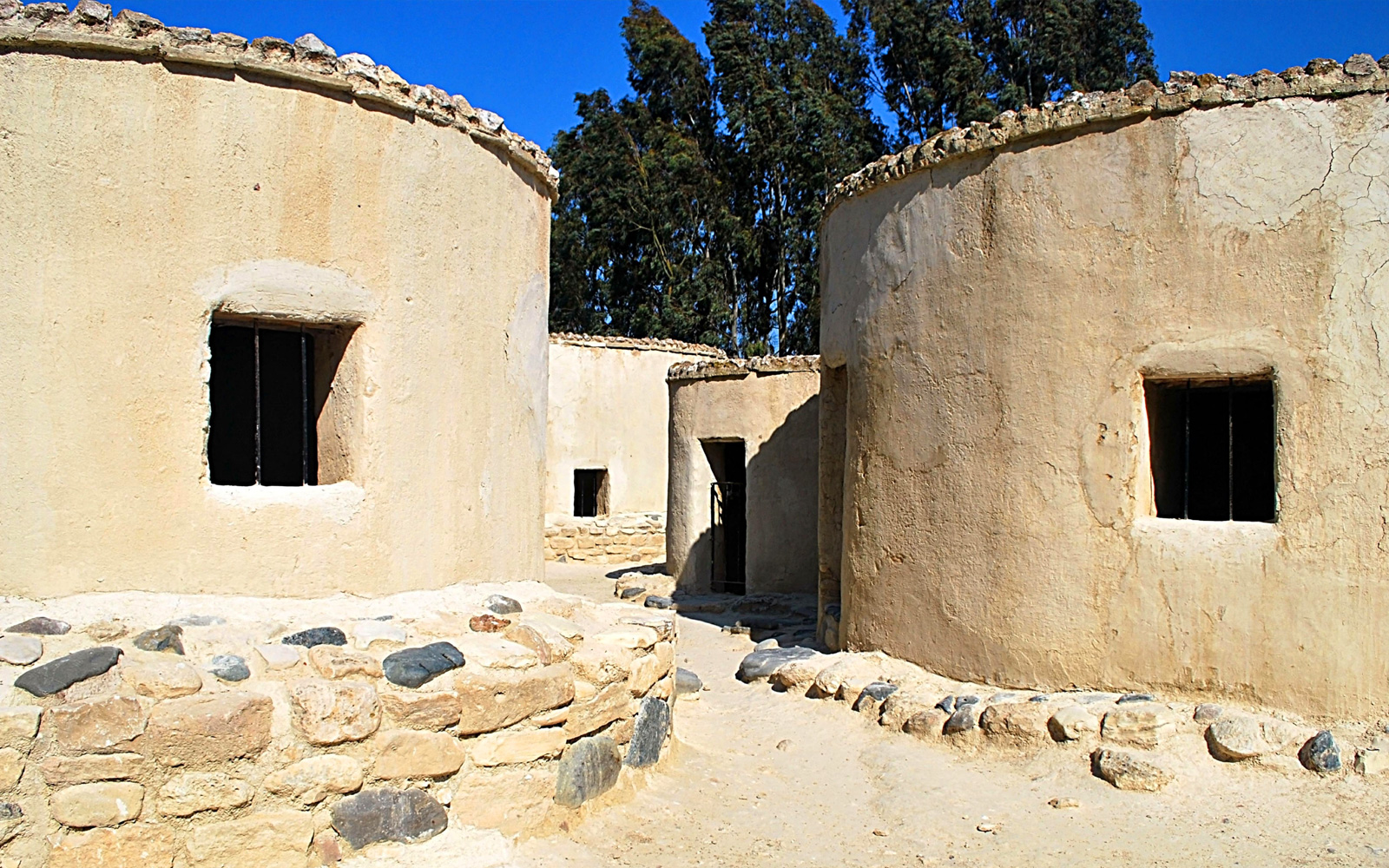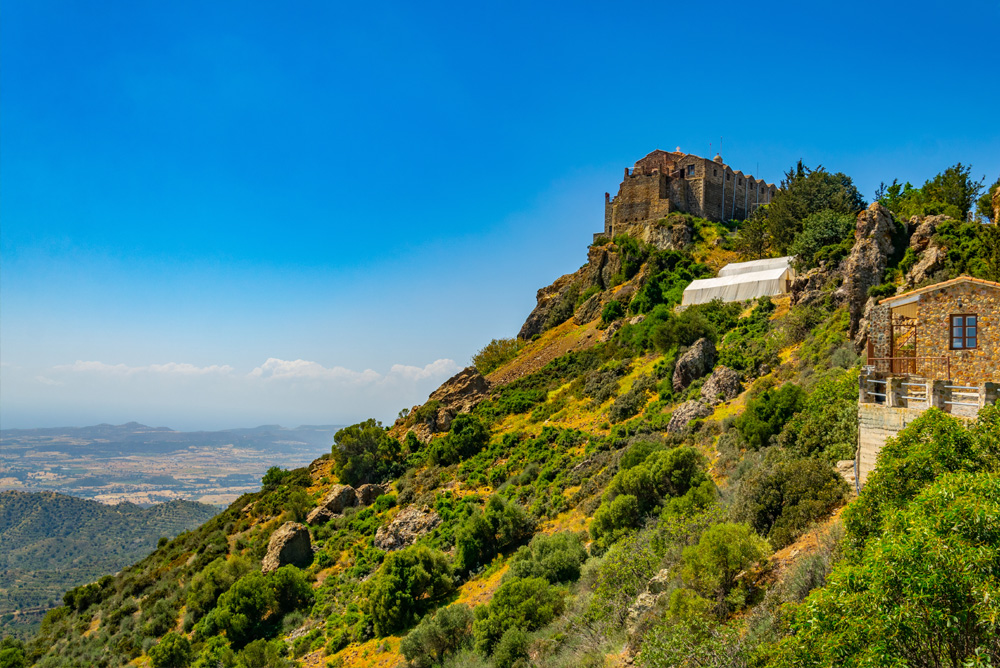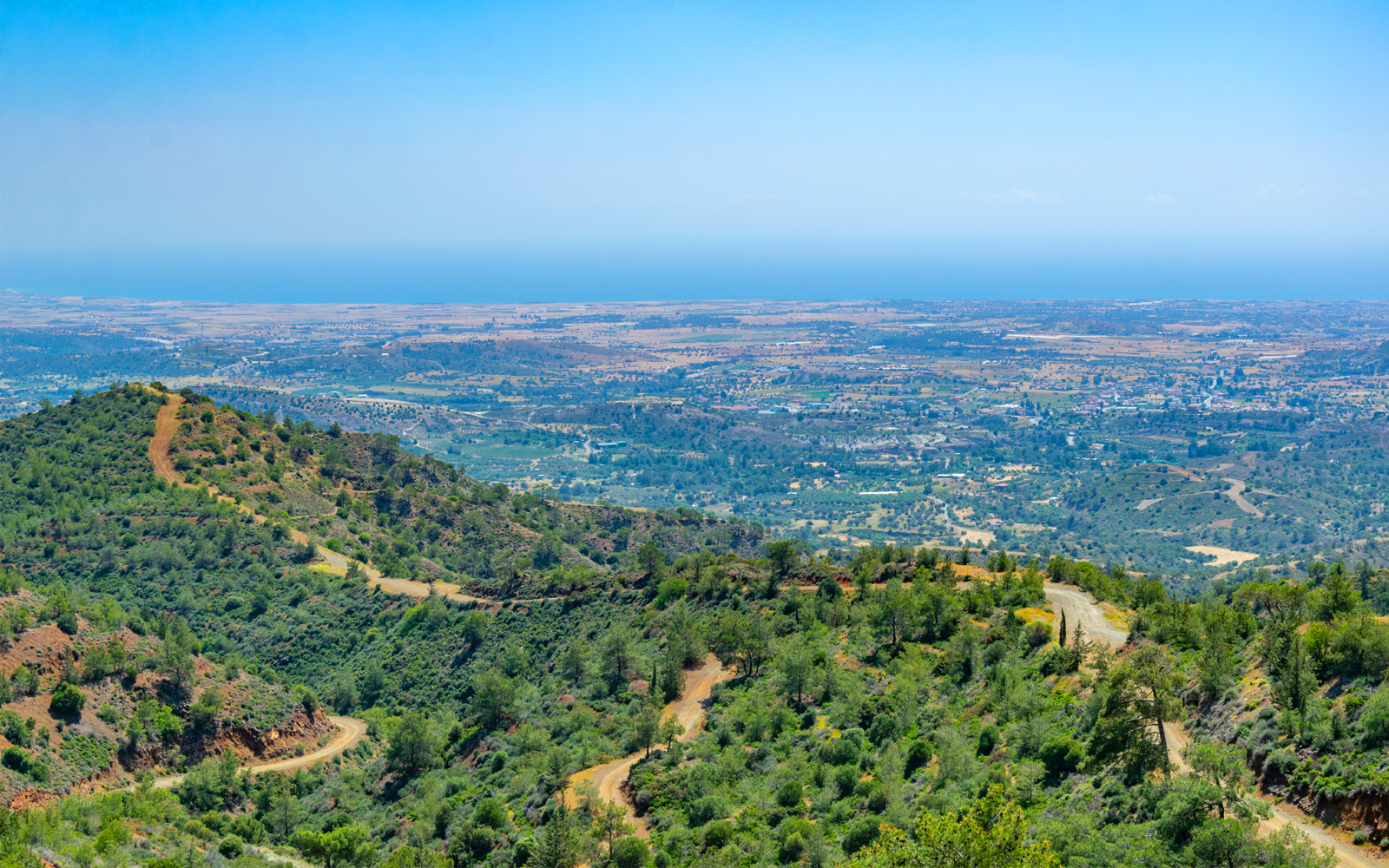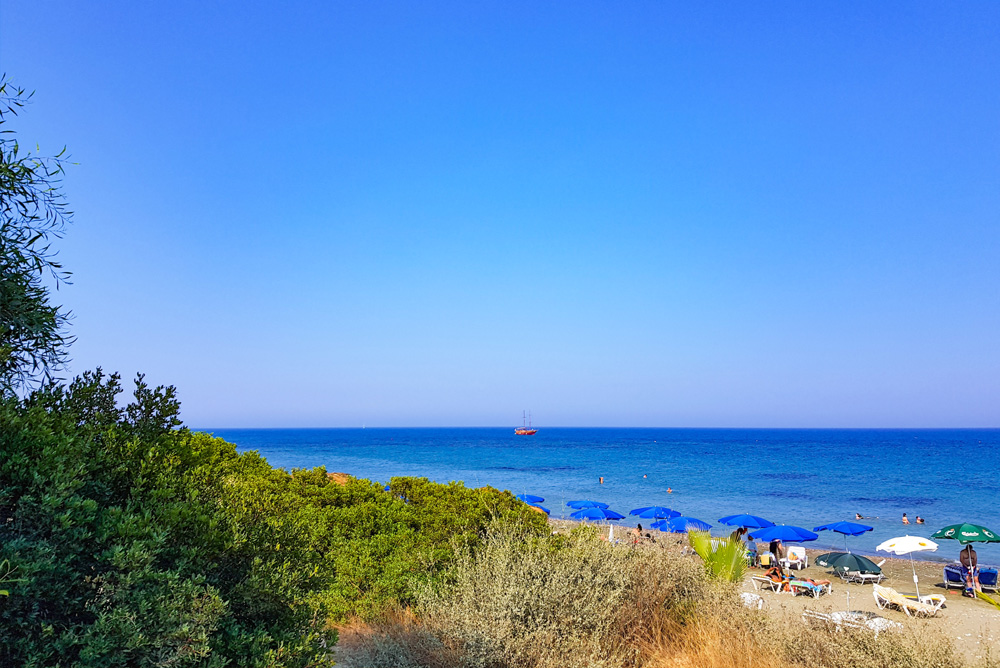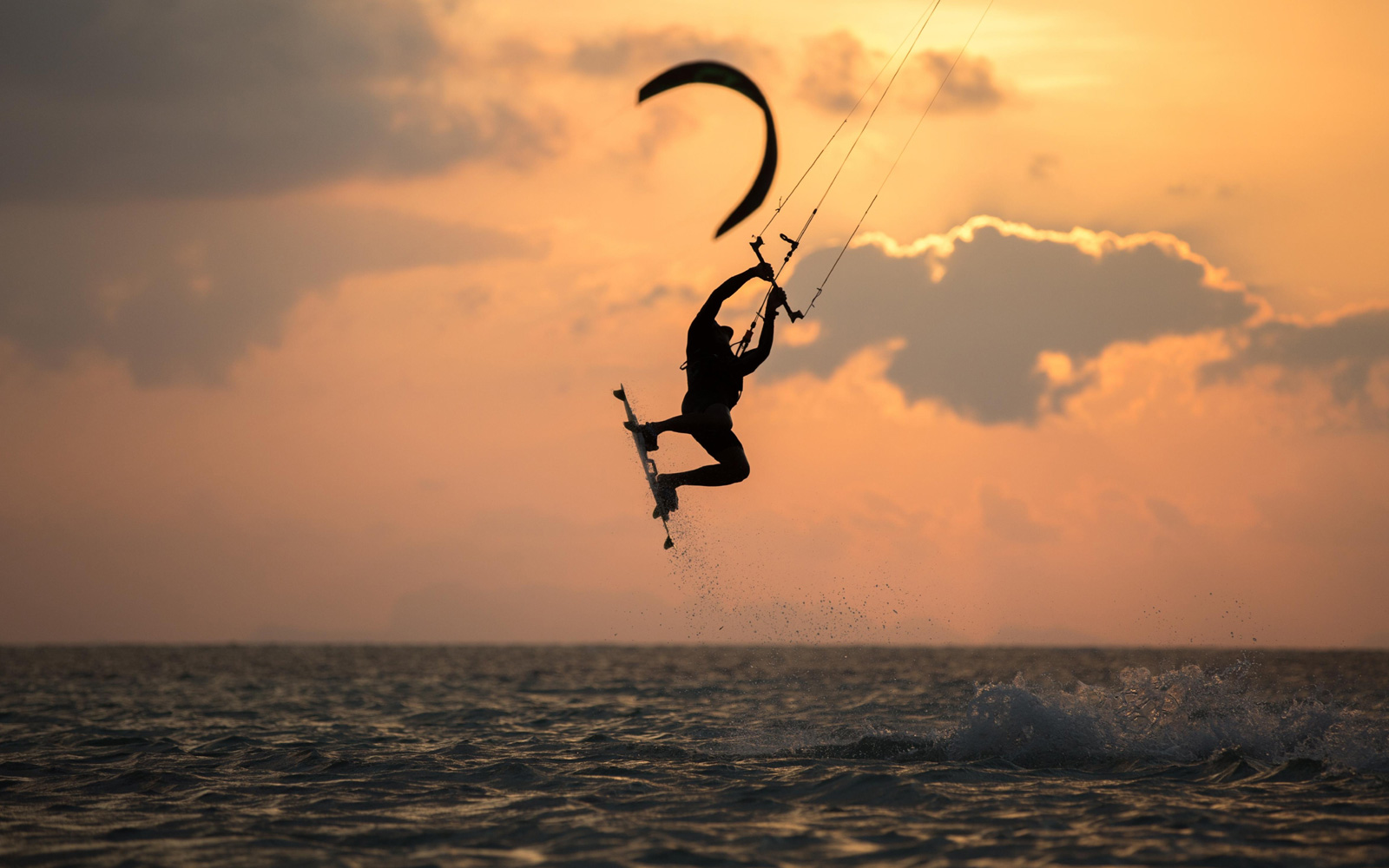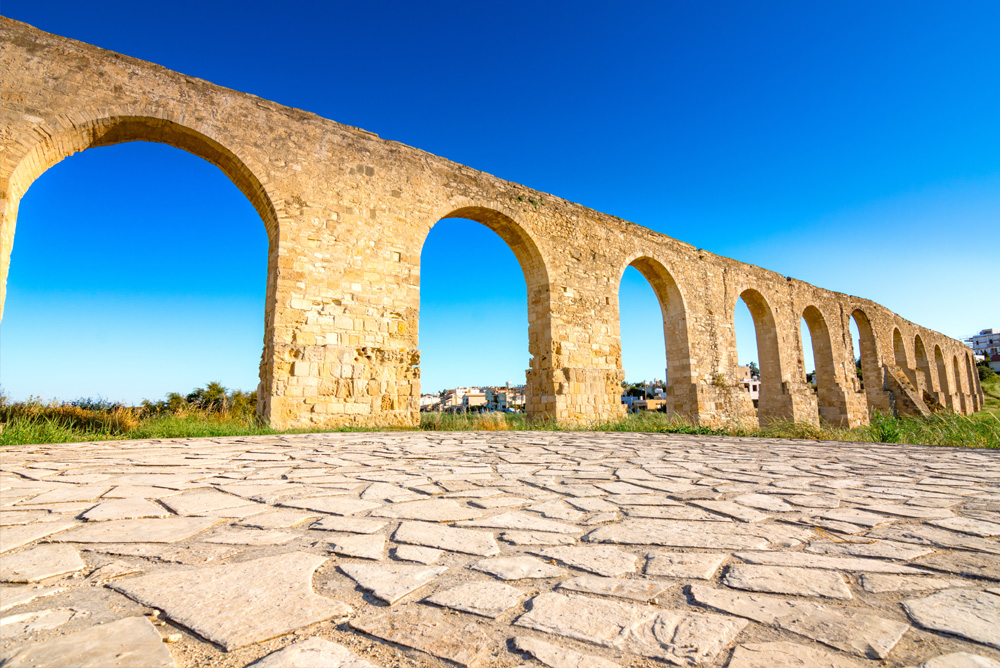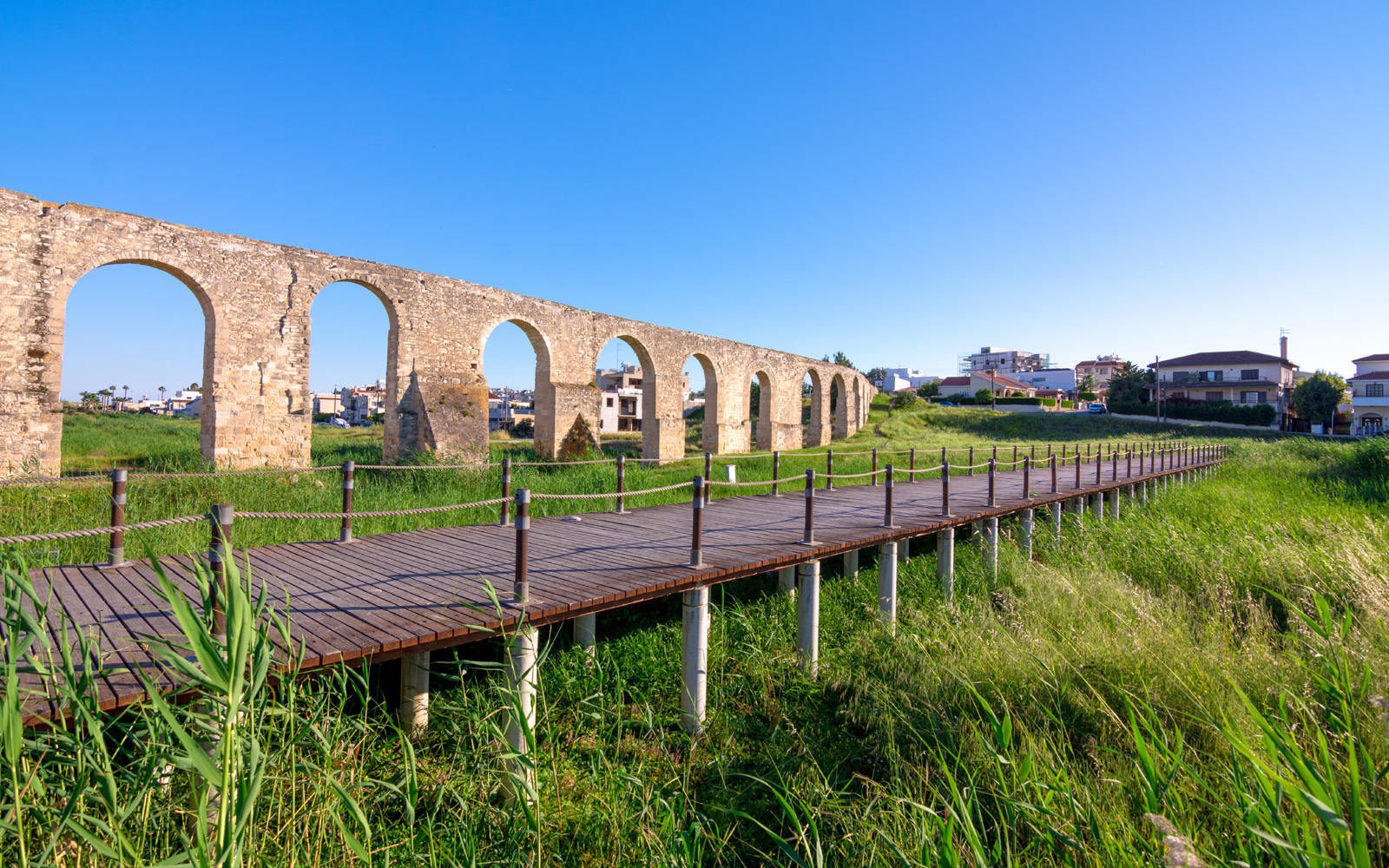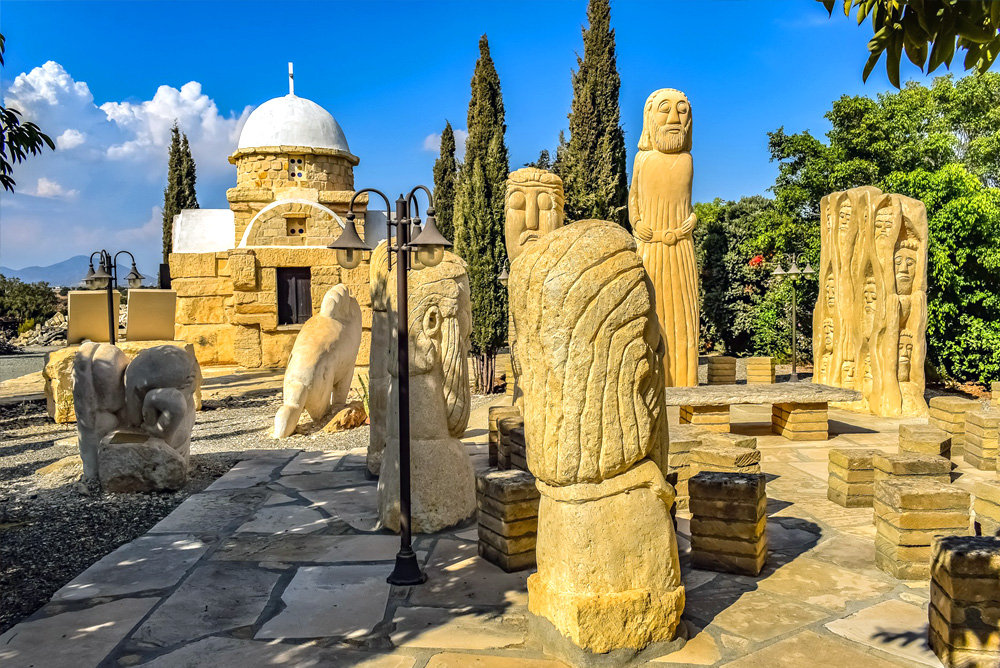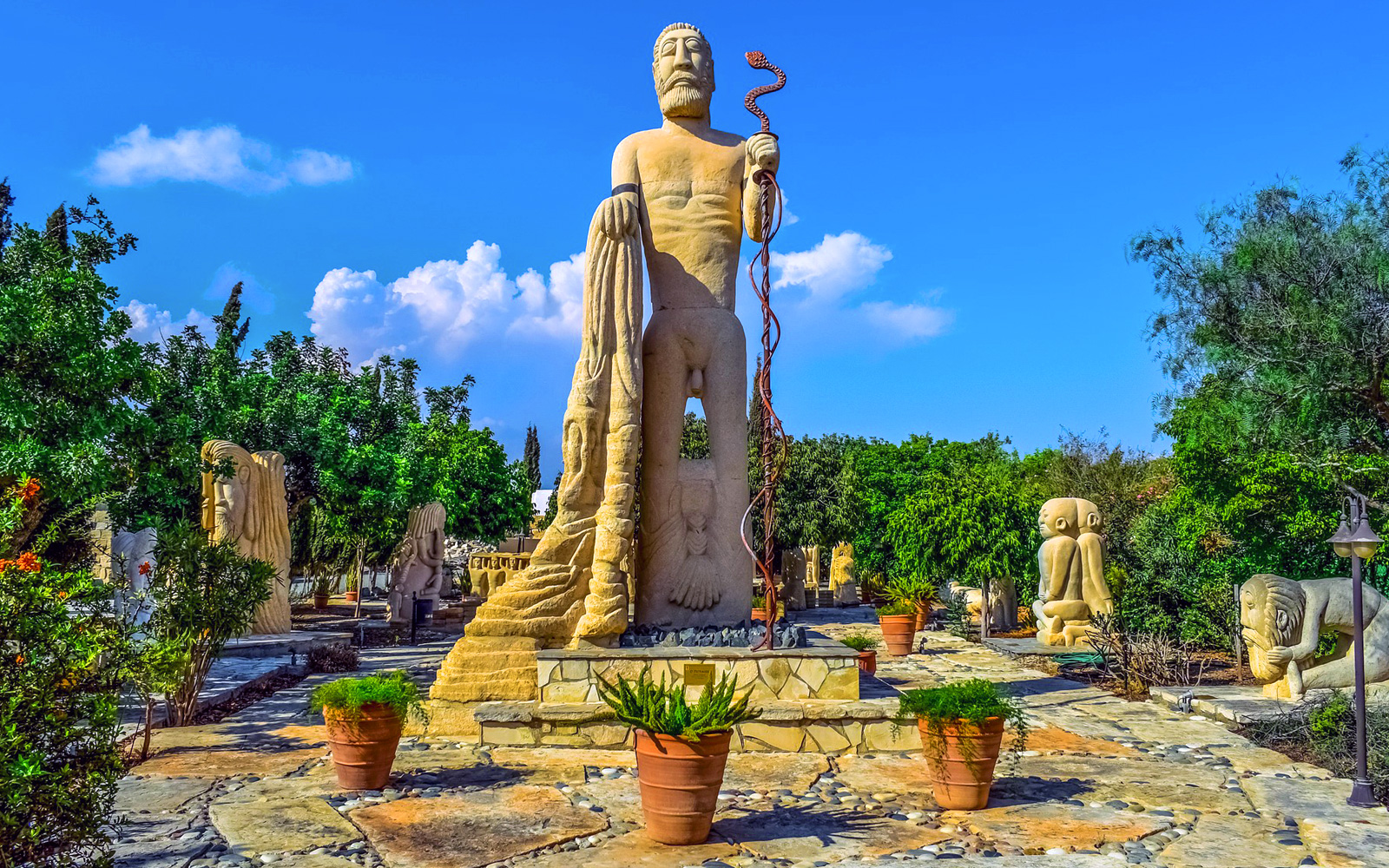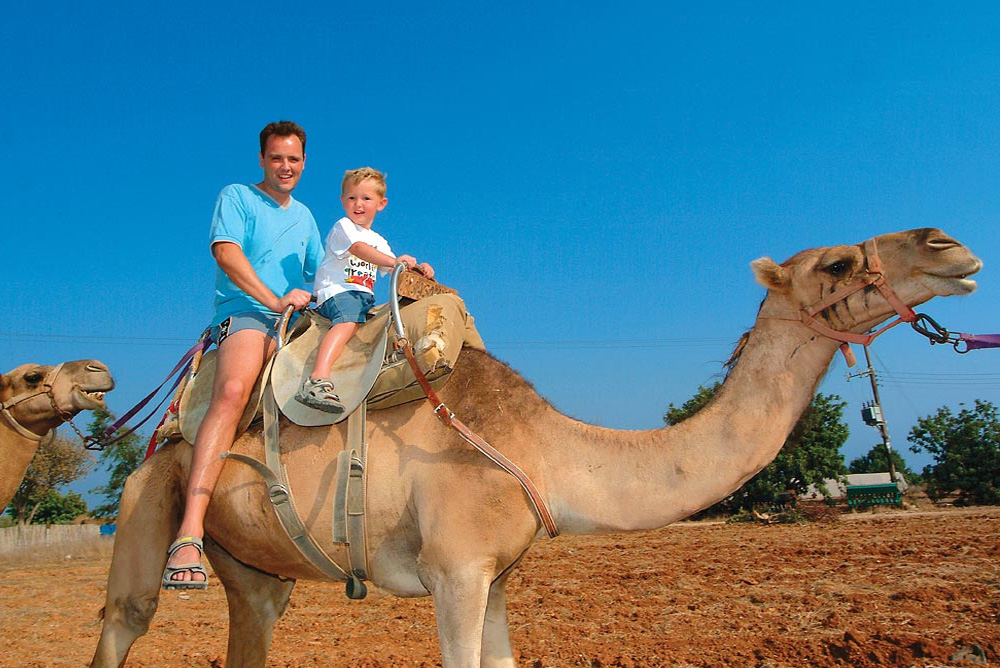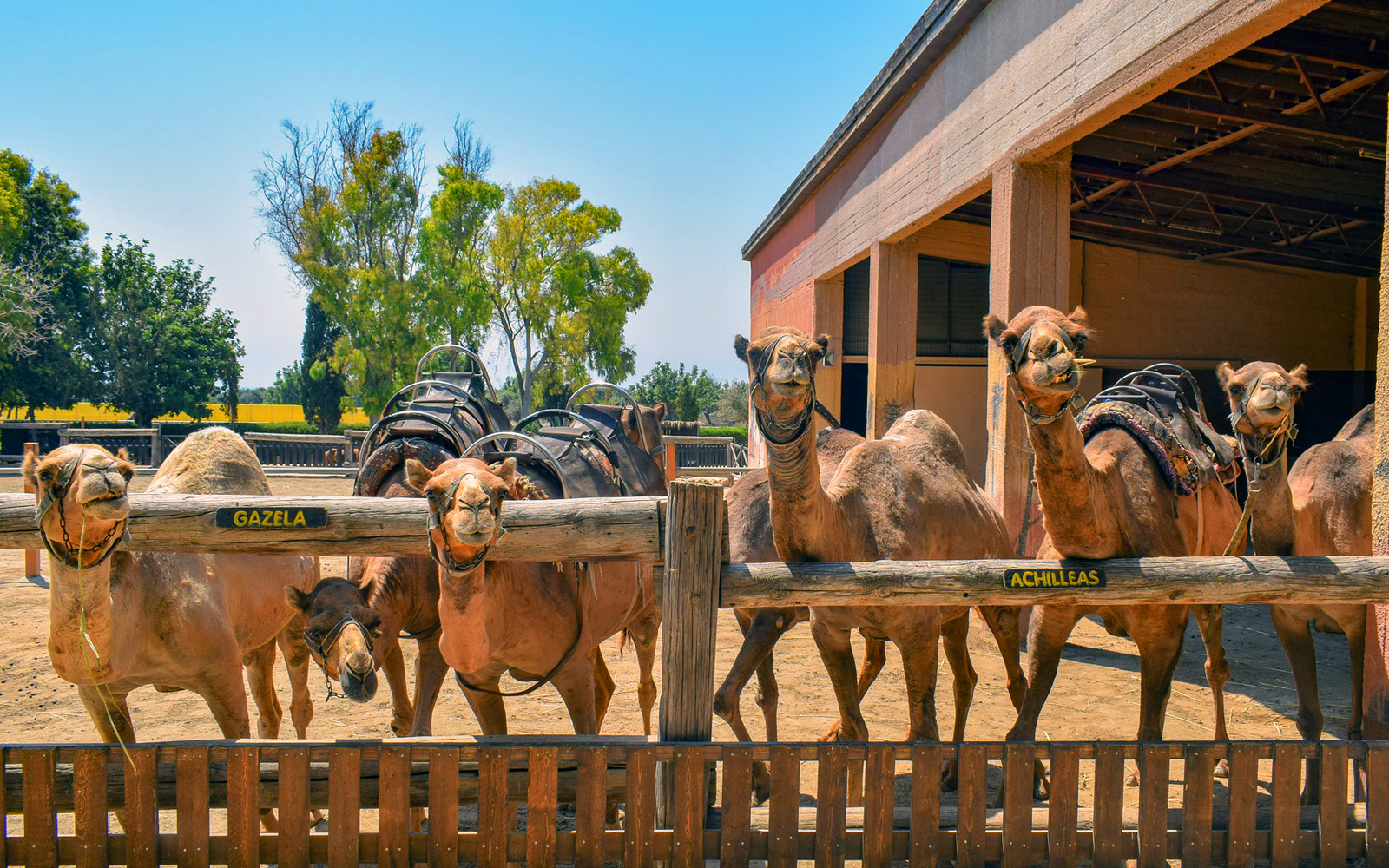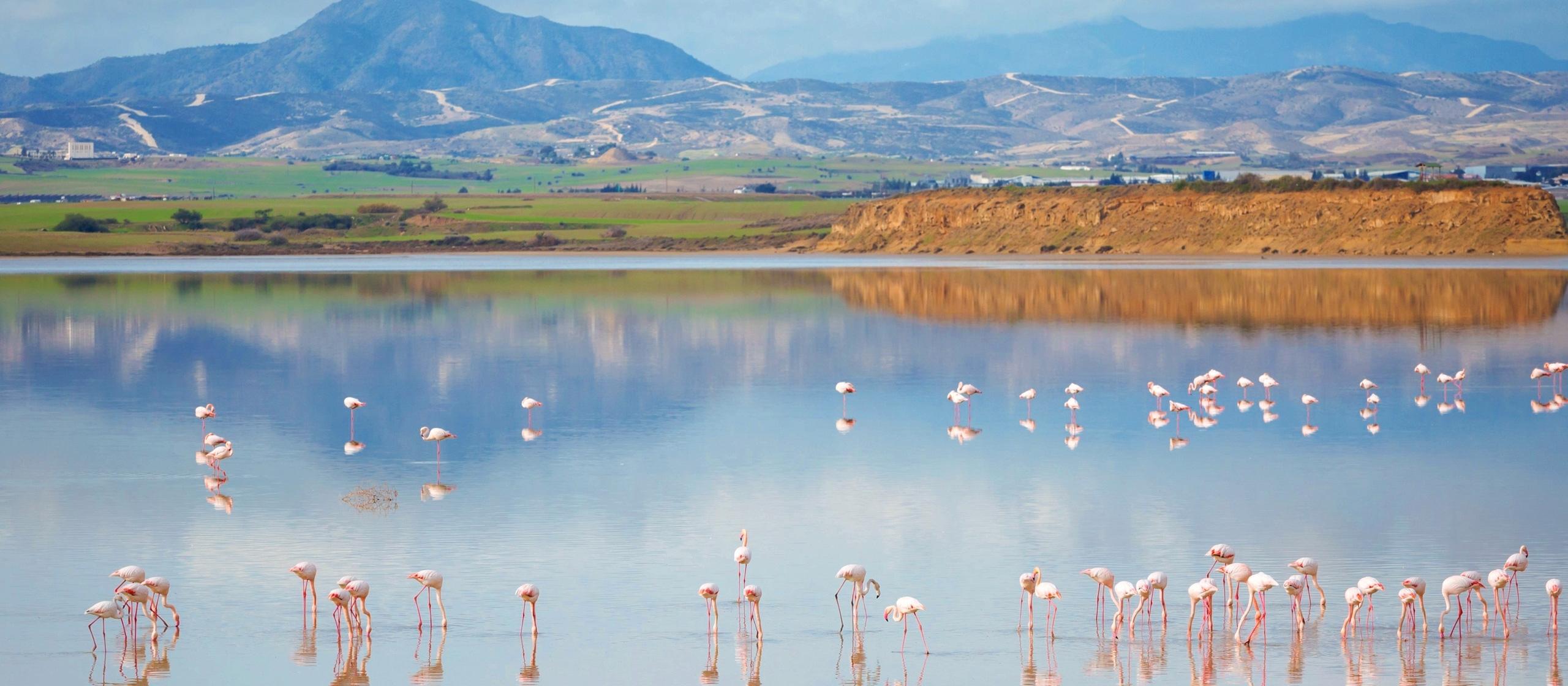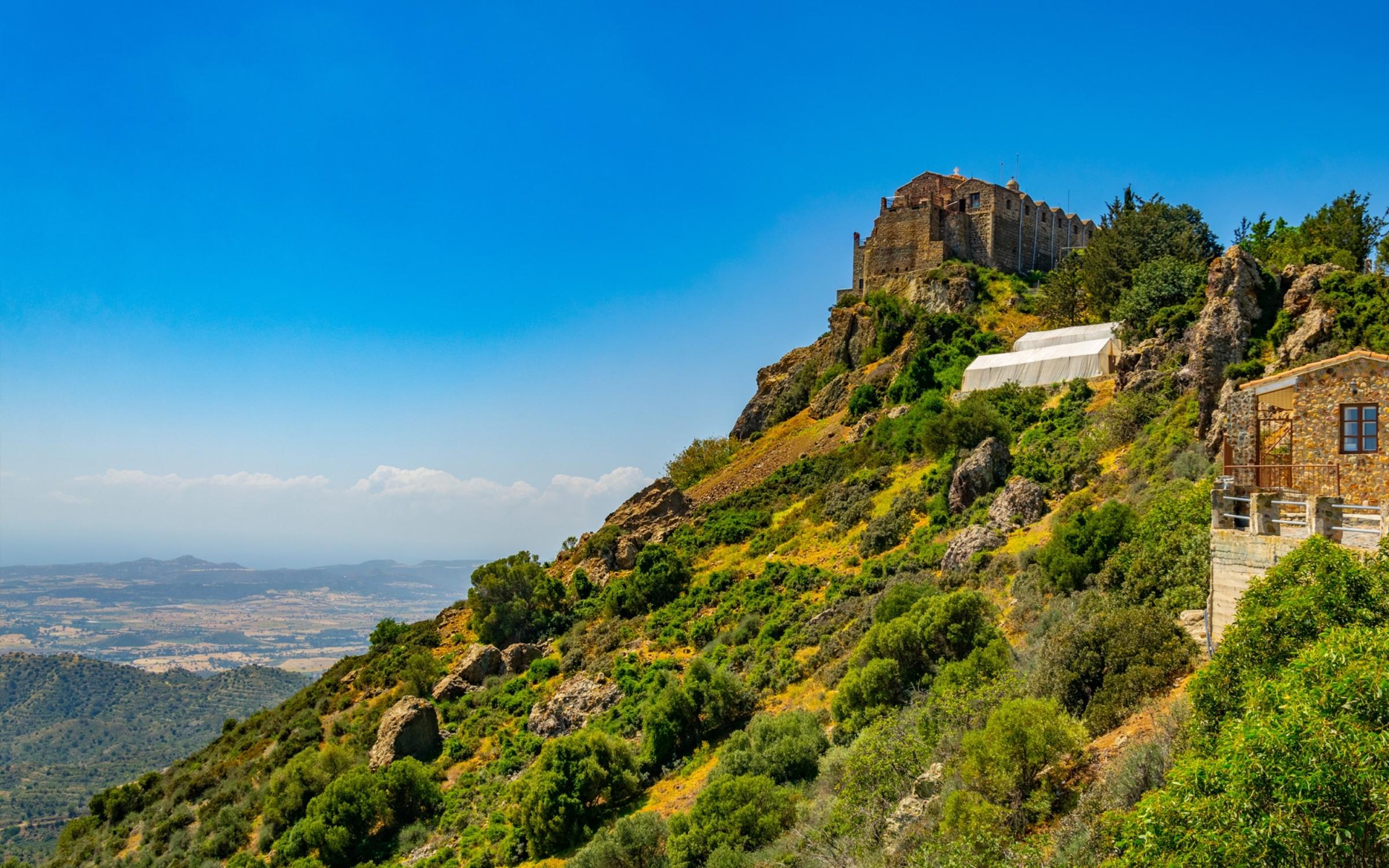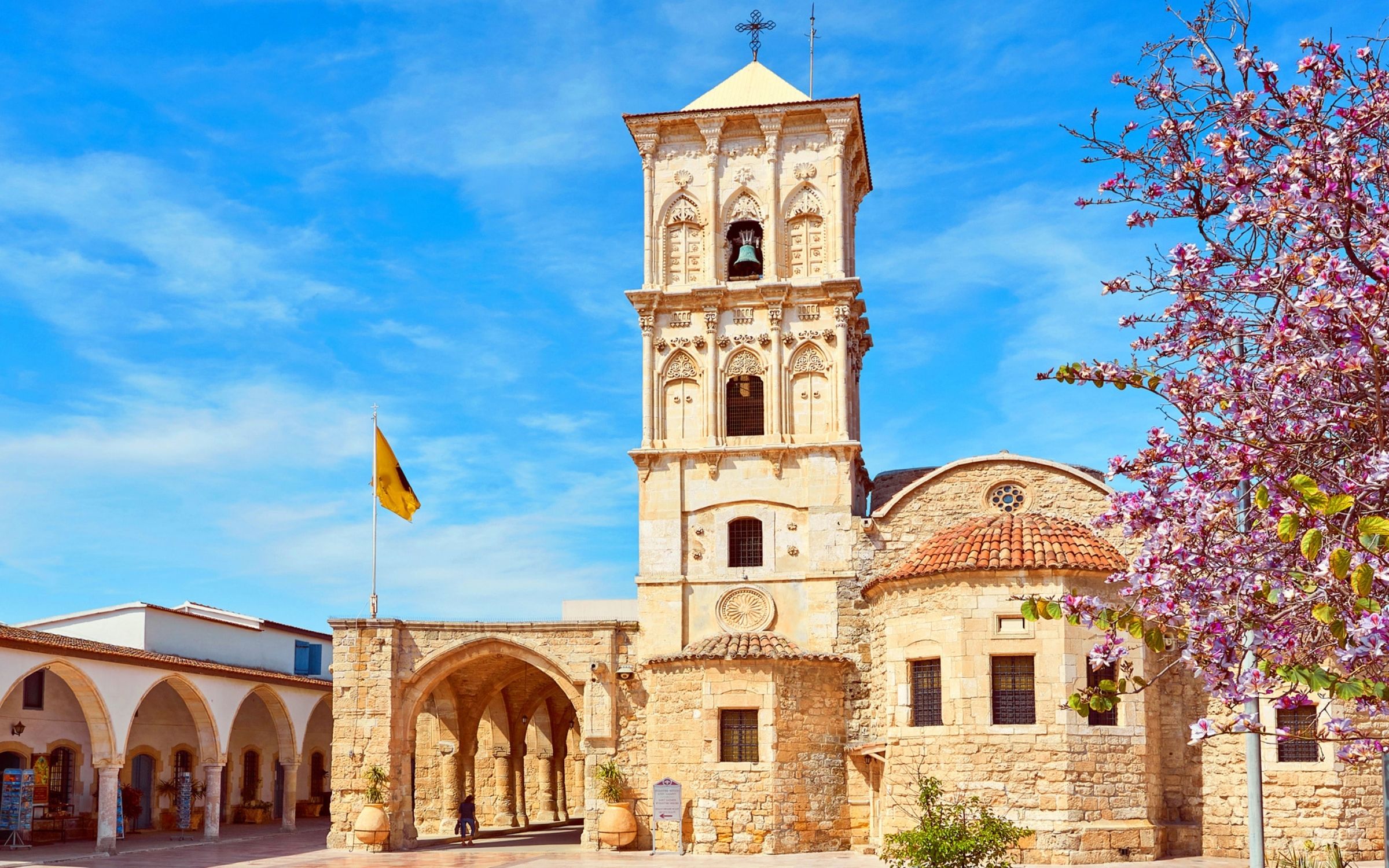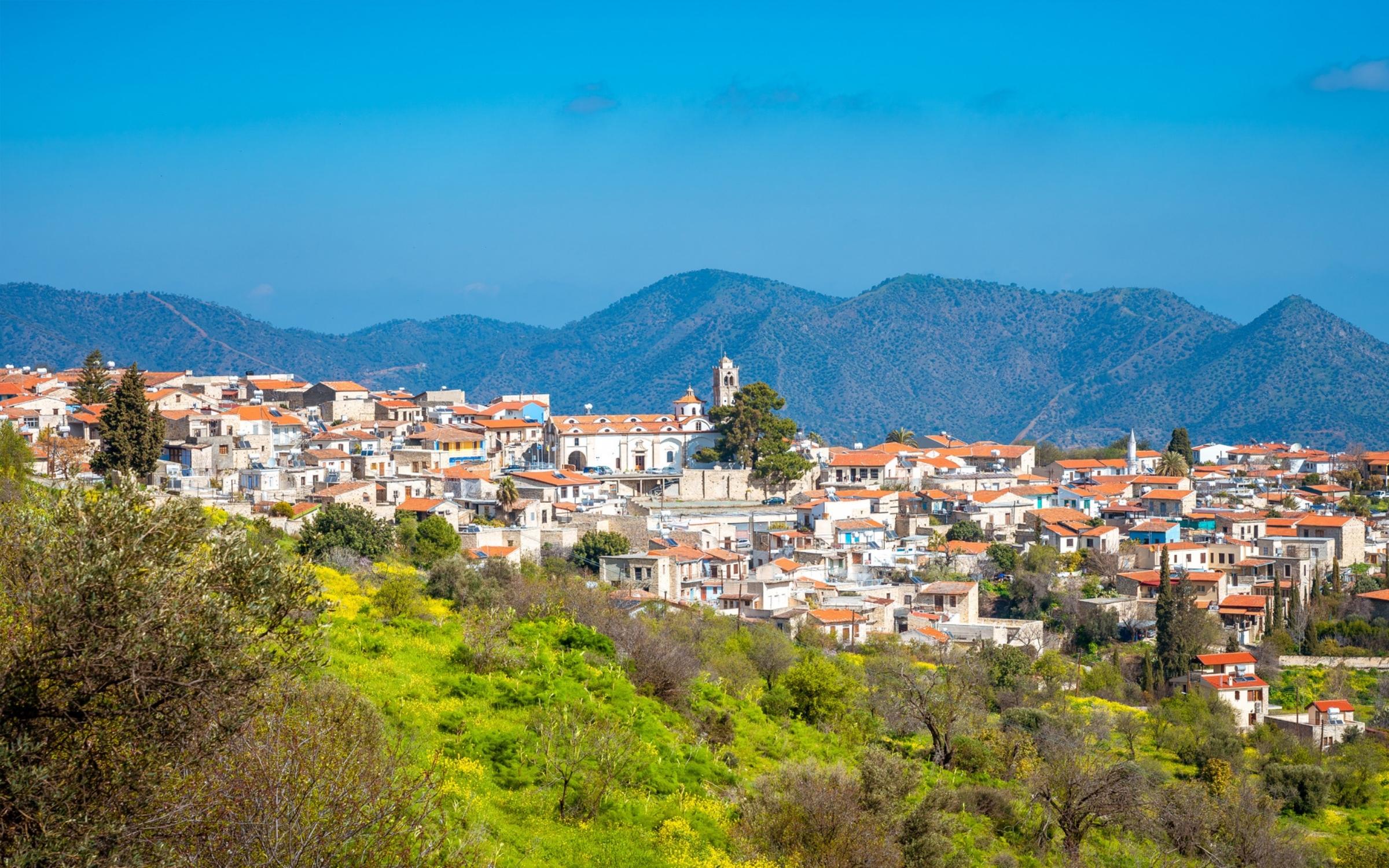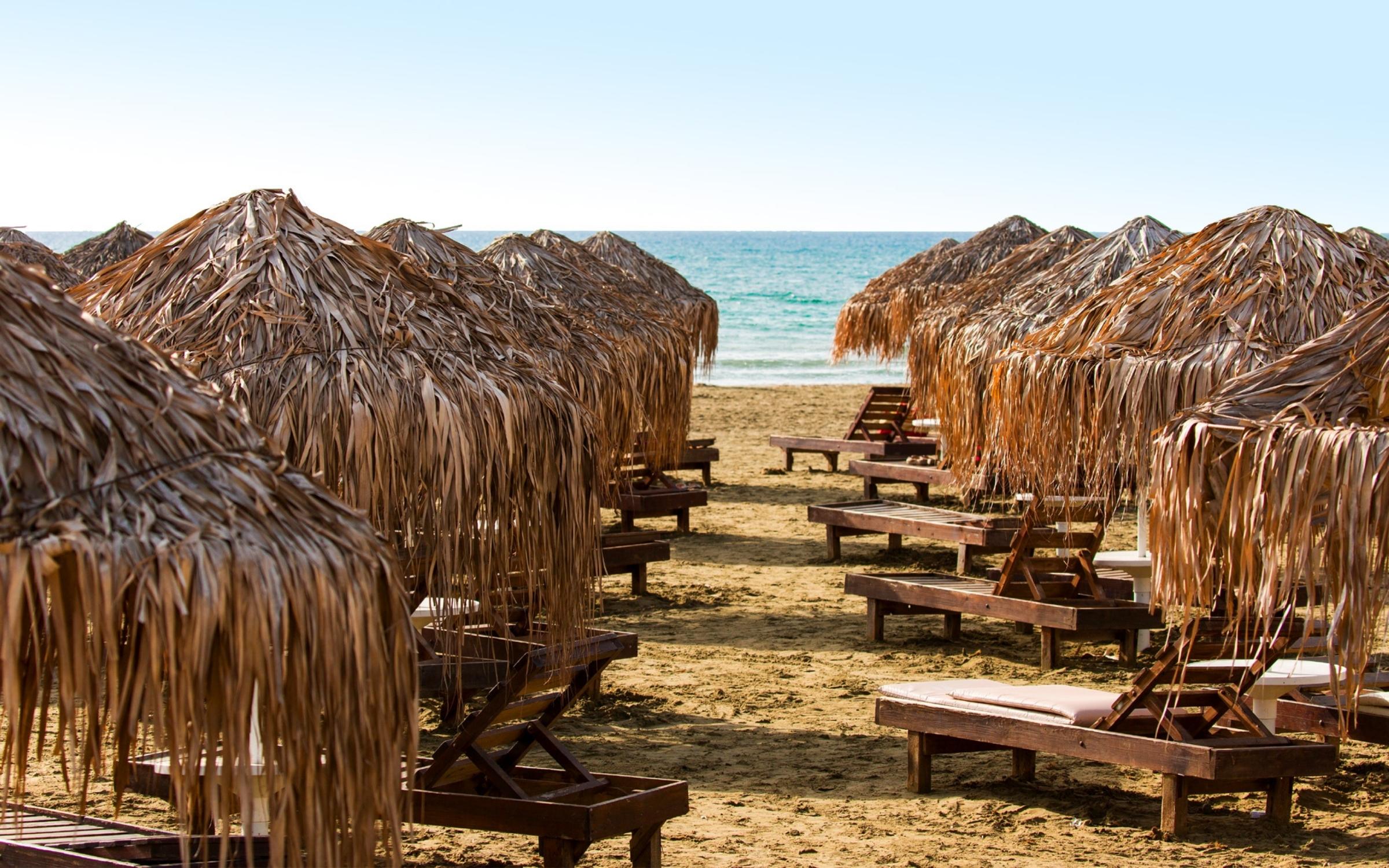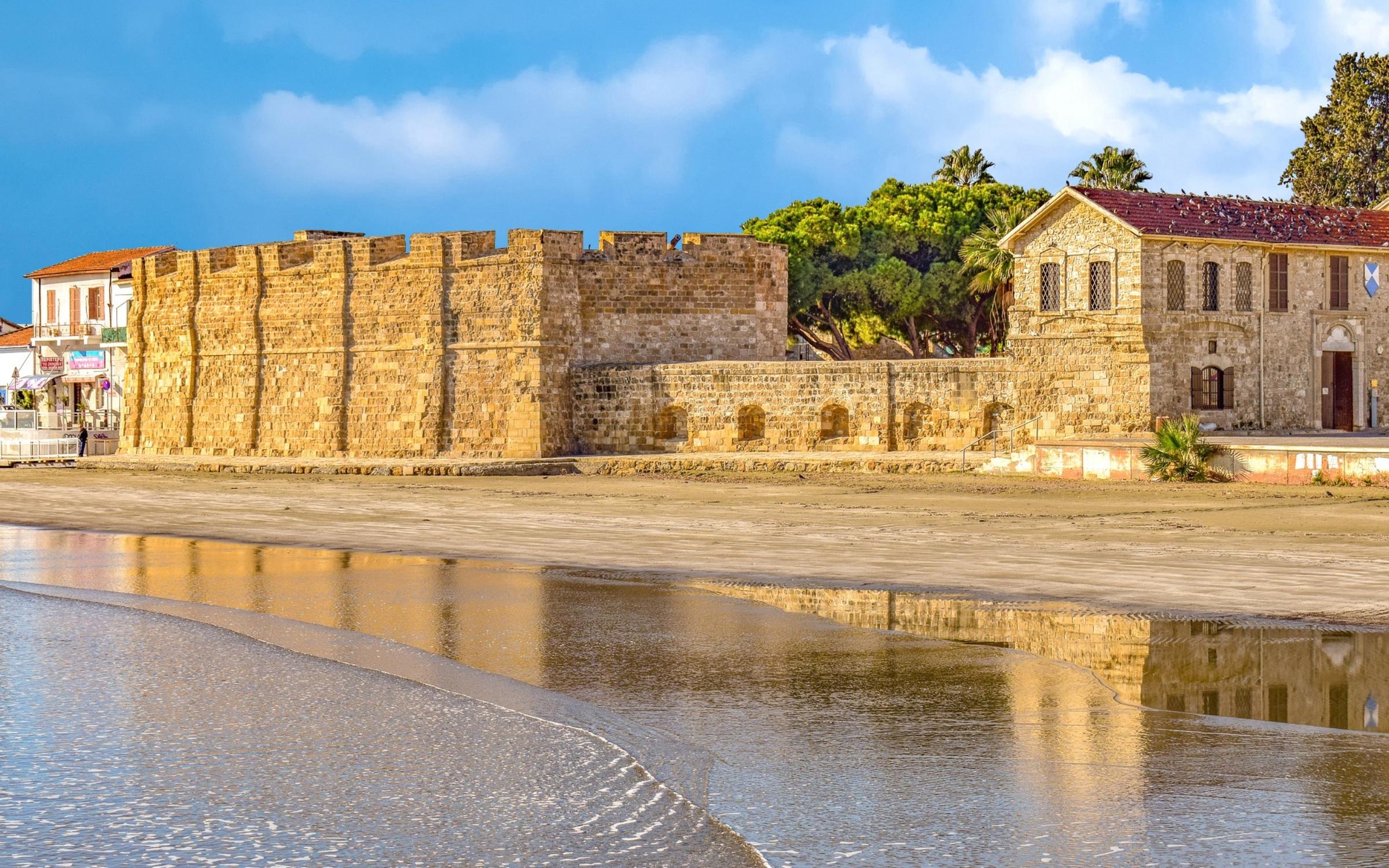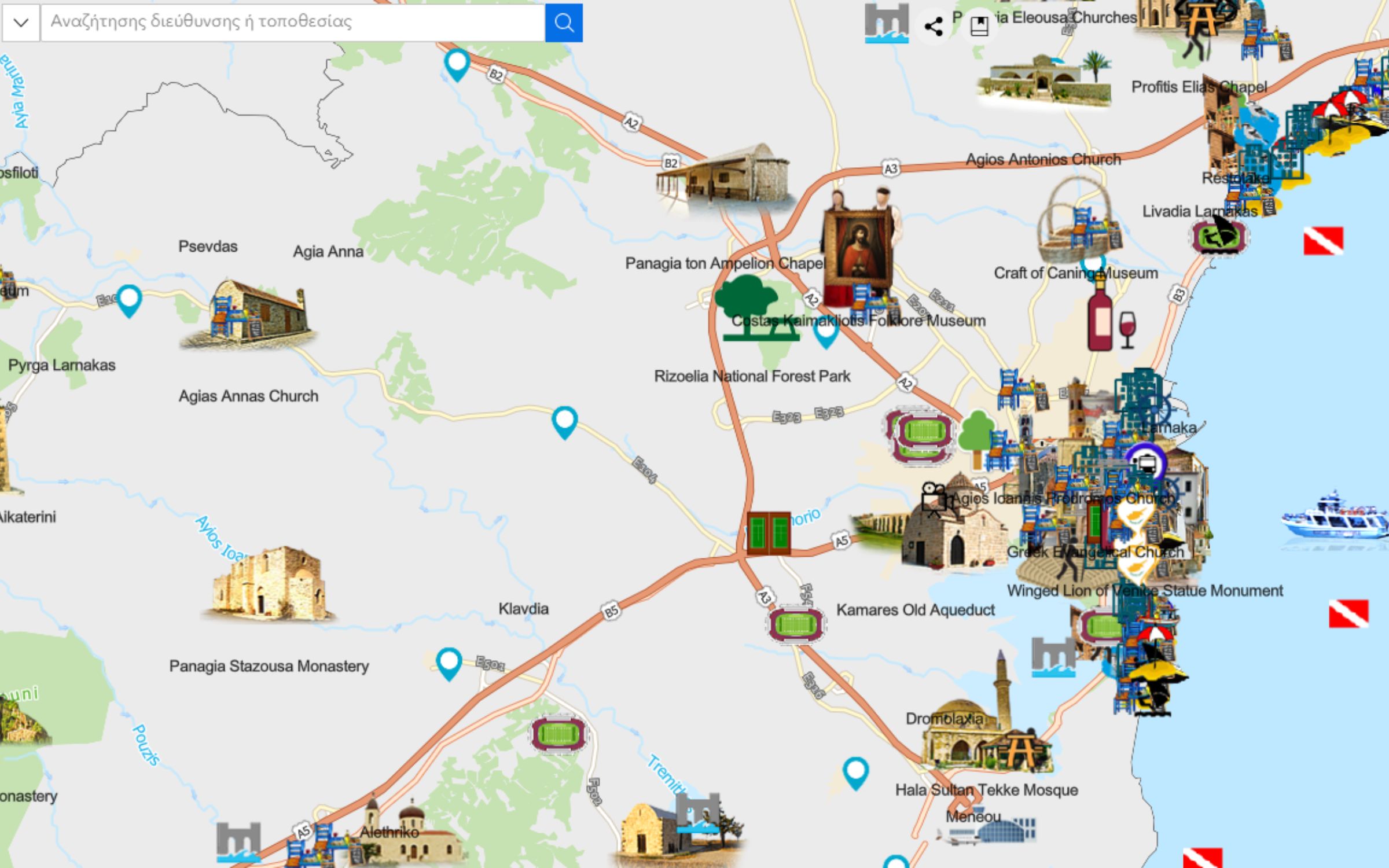Larnaca City Center
Few words
The charming coastal region of Larnaca is a place where past and present blend into a delightful mosaic of sun and culture. It is a destination that amazes every visitor with its diversity, its special atmosphere and the hospitality of its people.
Larnaca is considered to be Cyprus’s oldest town, with a history of 10.000 years. From its traditional architecture, authentic taverns and local handicrafts to its cultural sites, museums and religious monuments, old Larnaca is an evocative glimpse into a Cyprus past.
… New and modern Larnaca harmoniously intertwines with the elements of ancient Kition and offers the cosmopolitan visitor beautiful sandy and safe beaches, a bustling promenade lined with cafes and restaurants, brand-name shopping, advanced infrastructure and every conceivable amenity.
Top 10 Larnaca City Landmarks:
– Agios Lazaros (Saint Lazarus) Byzantine Church: One of the most important surviving Byzantine Monuments in the whole of Cyprus, built around 900 AD. – Palm Trees Promenade: One of the most pleasant entertainment seafront areas in the whole of Cyprus. – Larnaca Salt Lake: A magnificent nature place. The total surface area of the Larnaka Salt Lake is 2.2 Km² and it is considered one of the most important wetlands in Cyprus with an array of plants, birds and wildlife. – Larnaca Medieval Castle and Museum: Founded by the Byzantines in the 12th century. Hosts a Medieval Museum and a Garden Theatre. – Hala Sultan Tekke: Dated around the 18th century, it is built over a tomb which according to tradition belongs to Umm Haram, foster-mother of the Prophet Mohammed. – Kamares–The Old Aqueduct: The grandiose arches are part of the old Larnaca Aqueduct, constructed in 1745. – Ancient Kition: Dated from the 13th until the 4th century B.C. Goddesses Aphrodite and Astarte were worshipped here. – Europe Square: Located at the beginning of Athens Avenue. It consists of the first colonial buildings built by the British Administration in 1881. – Mckenzie beach: Have an unforgettable day and night out at Mckenzie beachstrip which is now considered to be the hotspot of the island! – Zenobia Wreck: Considered to be the world’s best wreck diving site.
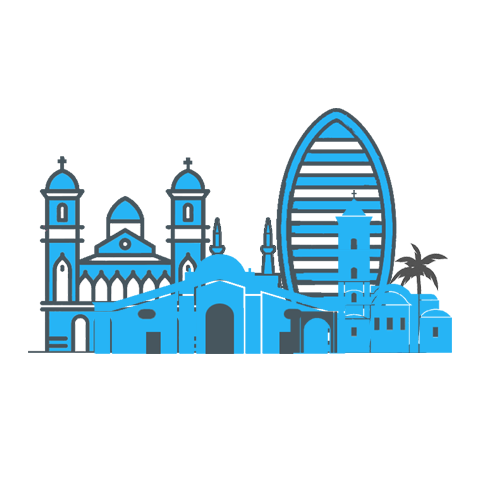 Cities/District
Cities/District Monasteries
Monasteries Unesco Churches
Unesco Churches Food & Drink
Food & Drink  Limassol to Nicosia
Limassol to Nicosia Famagusta to Machairas
Famagusta to Machairas Kourion to West Akamas
Kourion to West Akamas Hotels
Hotels Villas
Villas Agrotourism Accommodations
Agrotourism Accommodations Flights
Flights Rent a Car
Rent a Car